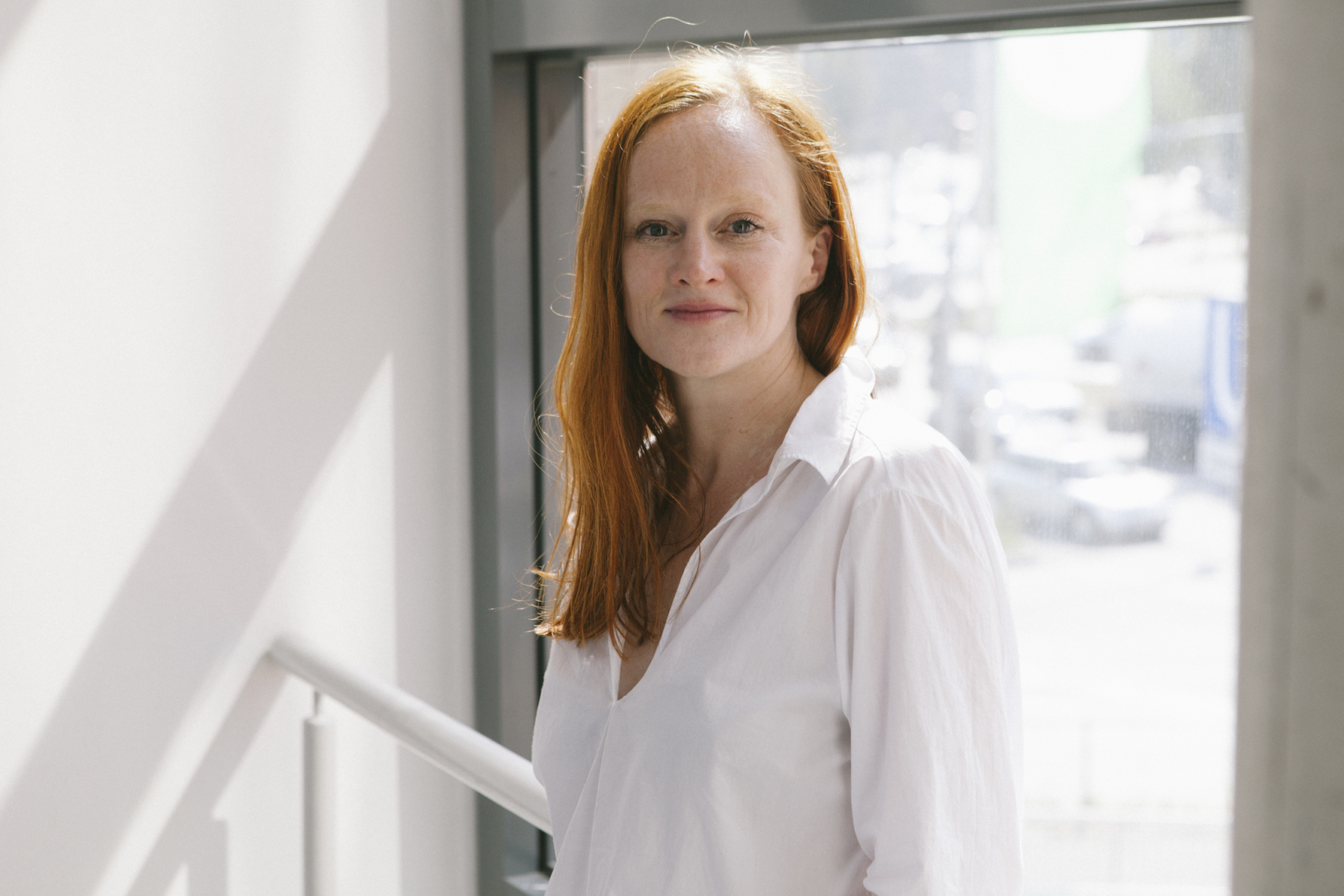Bettina Steinbrügge doesn’t have much time on her hands these days. The director of Hamburg’s Kunstverein, who due to her relatively new position moved from Vienna to Hamburg at the end of last year, doesn’t even stop to work on most weekends. But regardless of the restless calendar, she is able to find balance and relaxation in her new home city — and that namely with her bike.
Every day Bettina rides her bike along the Alster, from her Eppendorfer flat towards the city centre. It’s there, near the main station, where Kunstverein – one of Germany’s oldest art societies – shows contemporary art on two floors.
During our conversation, Bettina Steinbrügge talks about safe havens within the harbor city, Hamburg’s art scene, and her responsibilities for Kunstverein. Additionally she gives her insightful perspective on modern communication forms and the seemingly never-ending battle between art capitals Hamburg and Berlin.
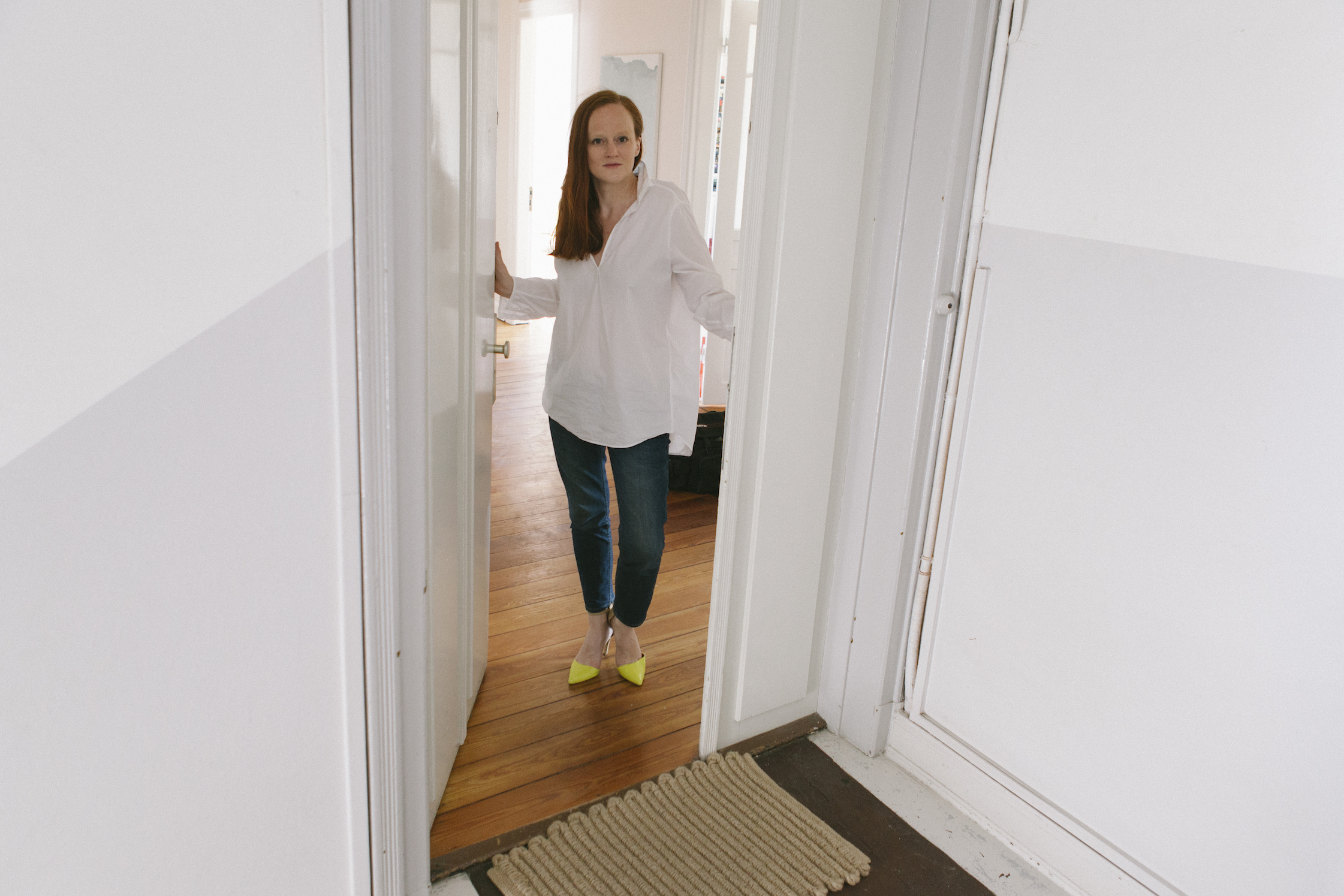
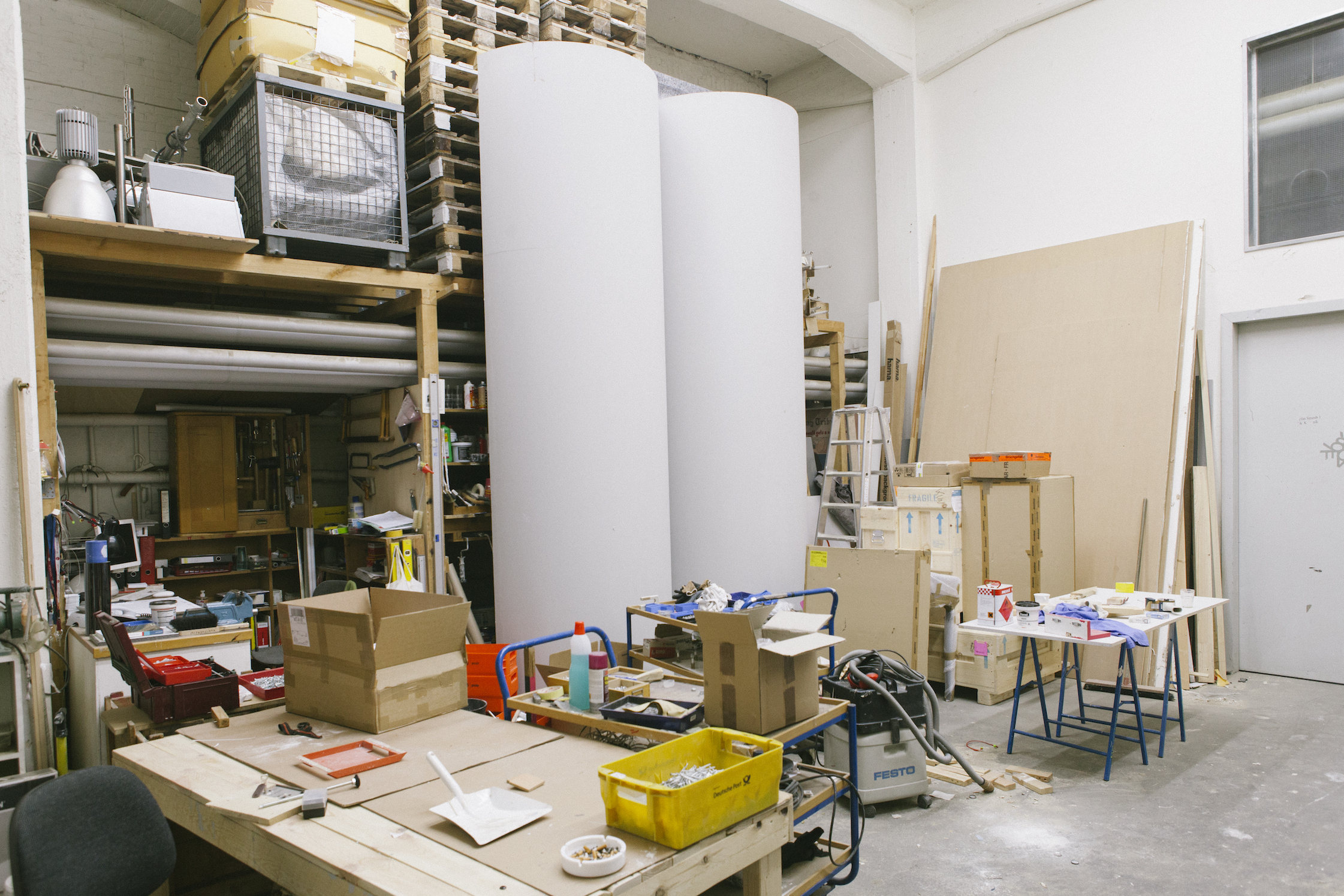
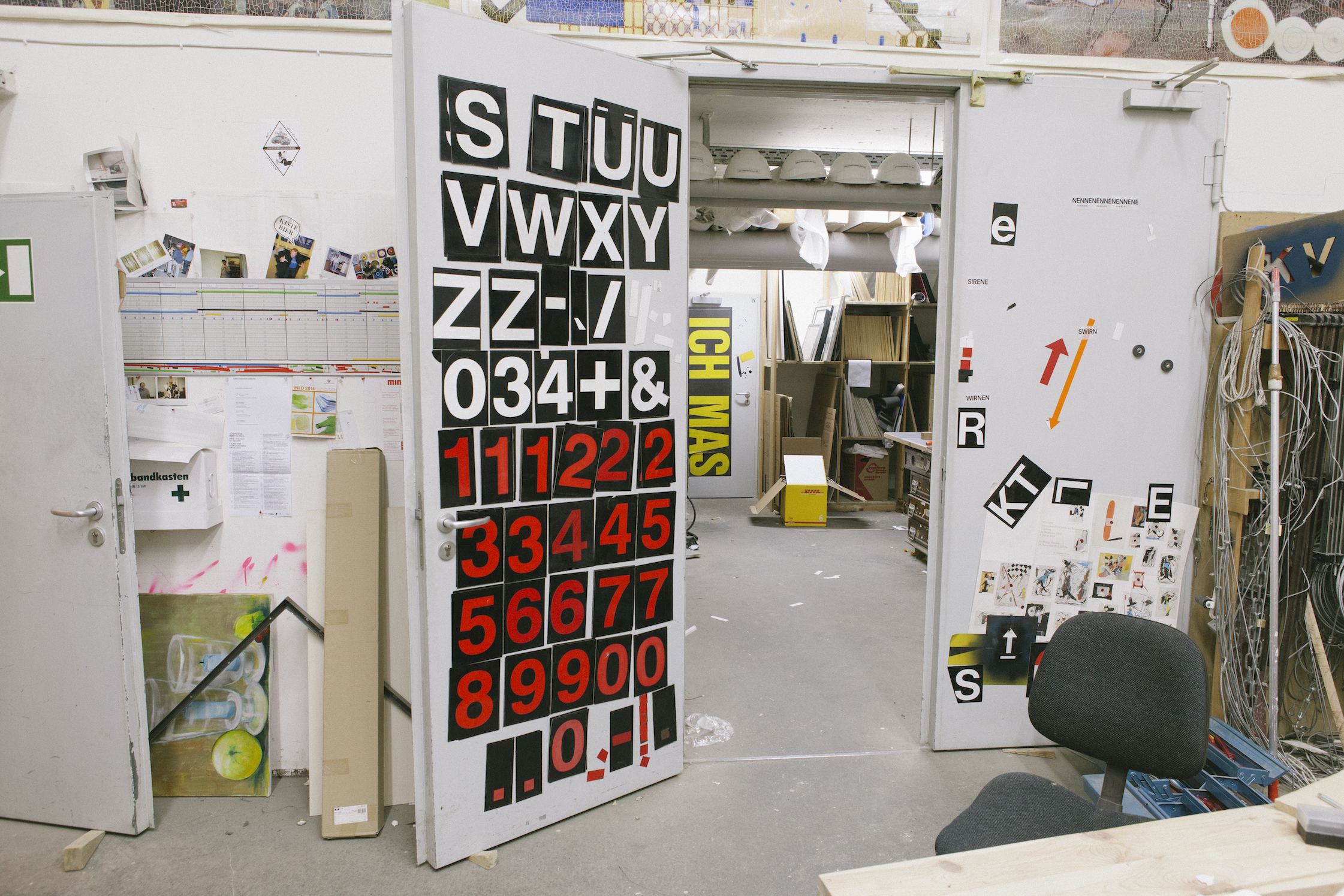
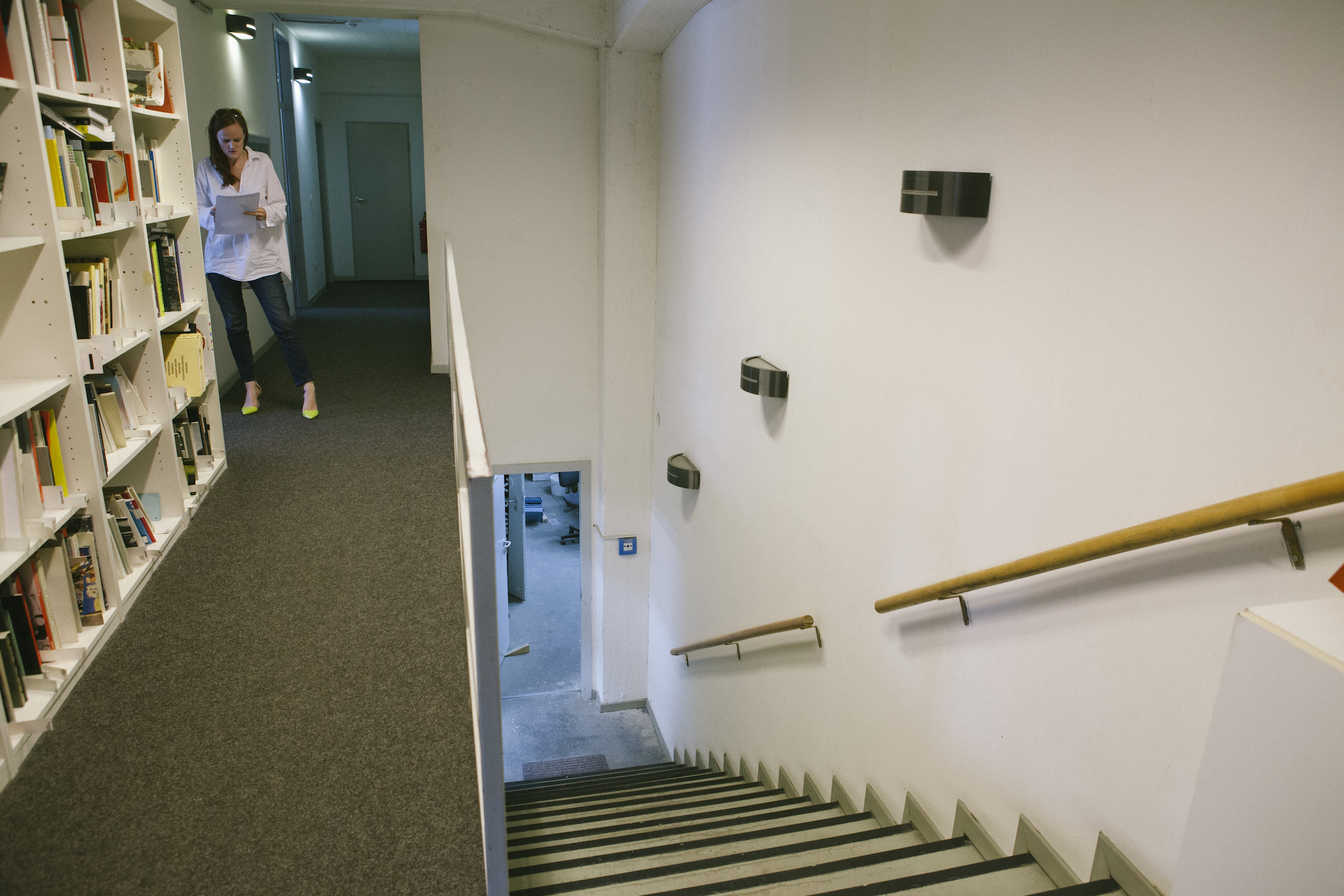
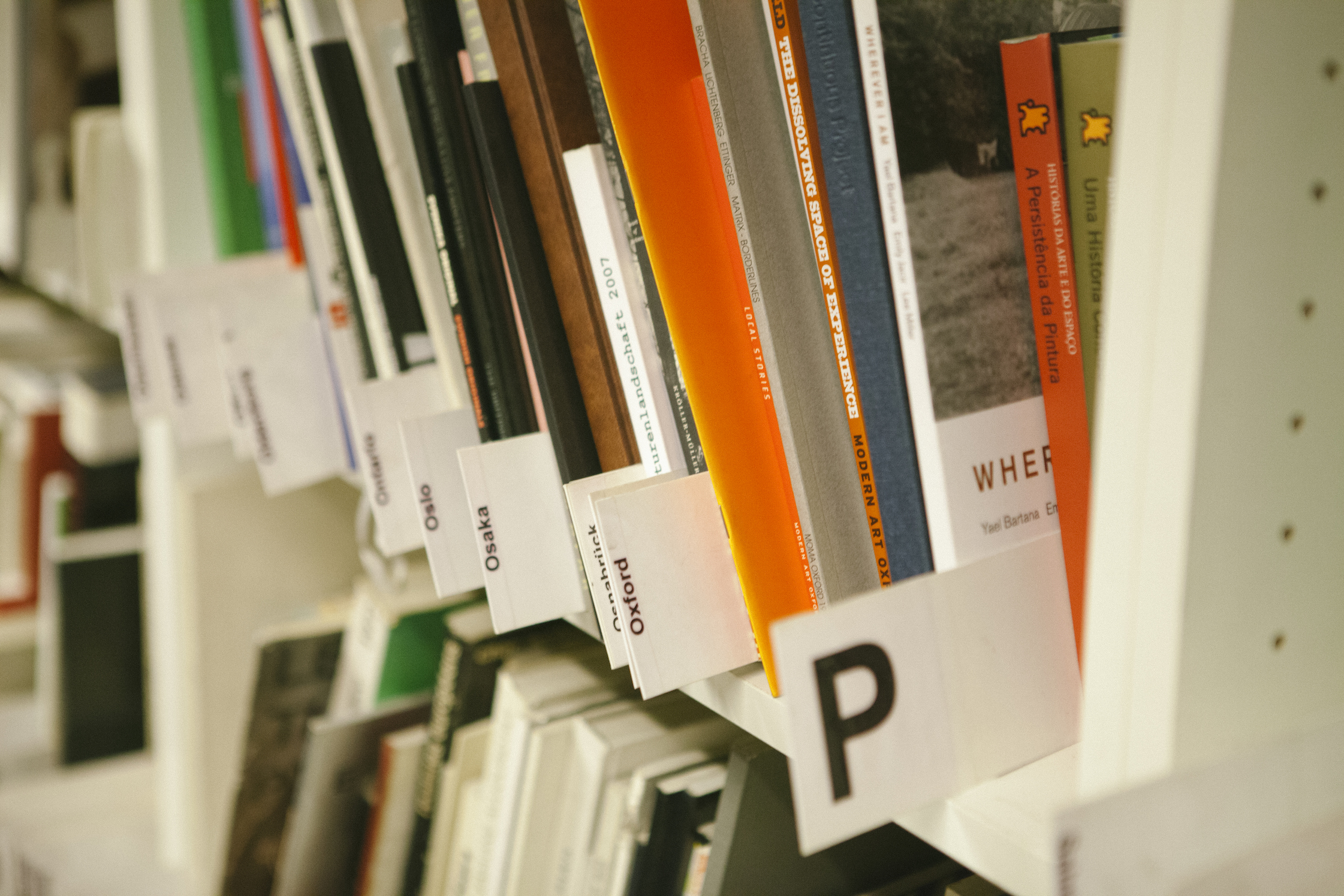
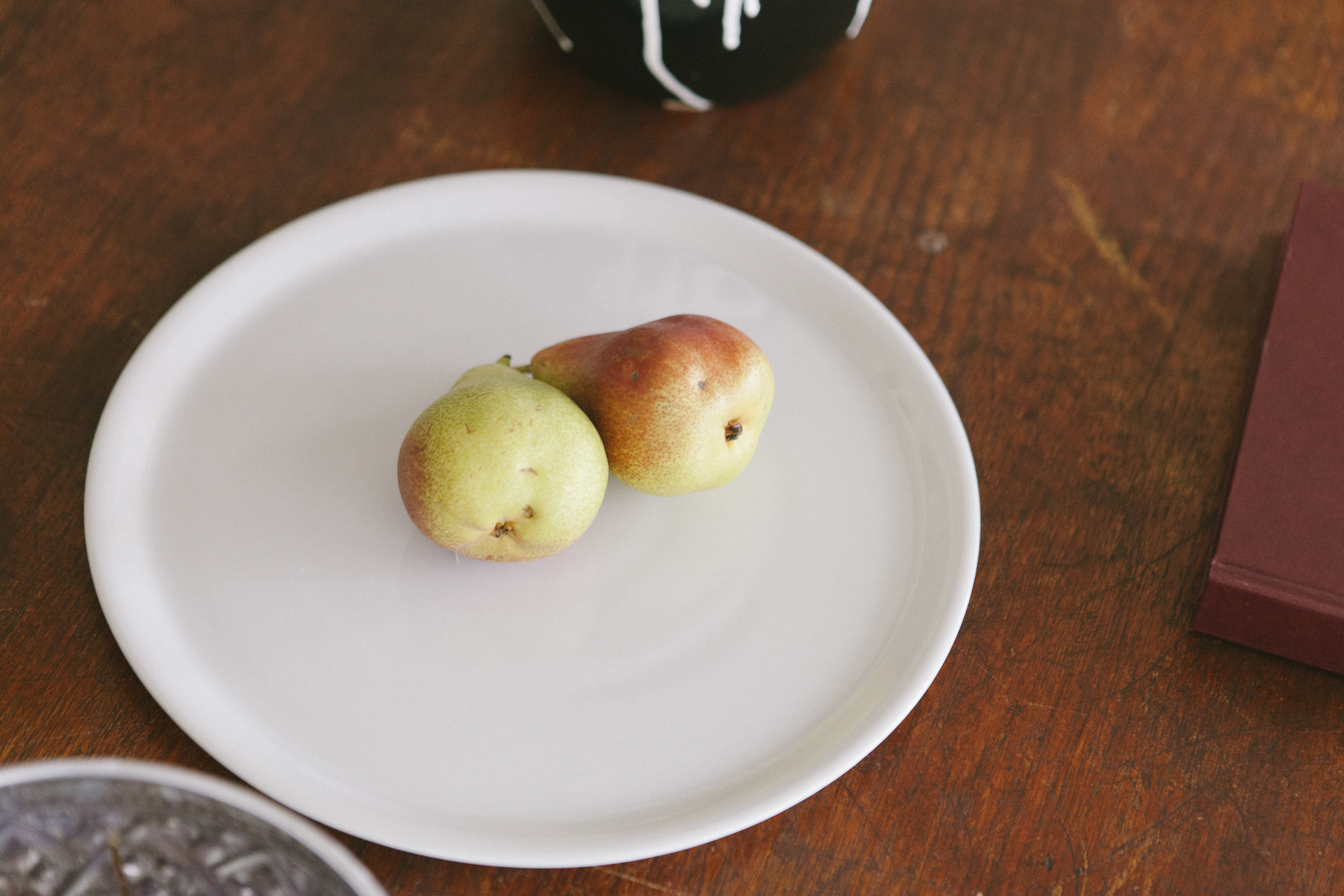
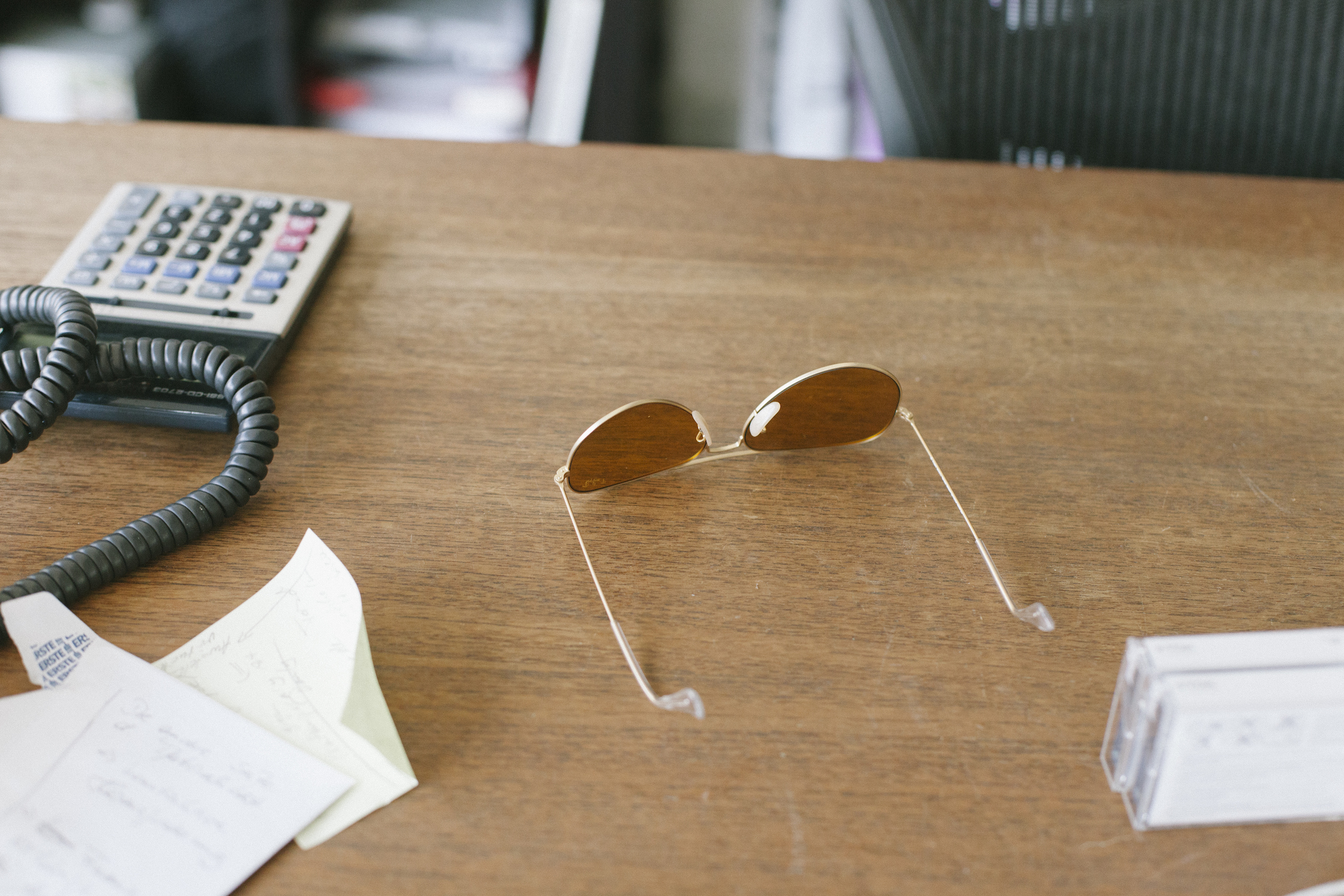
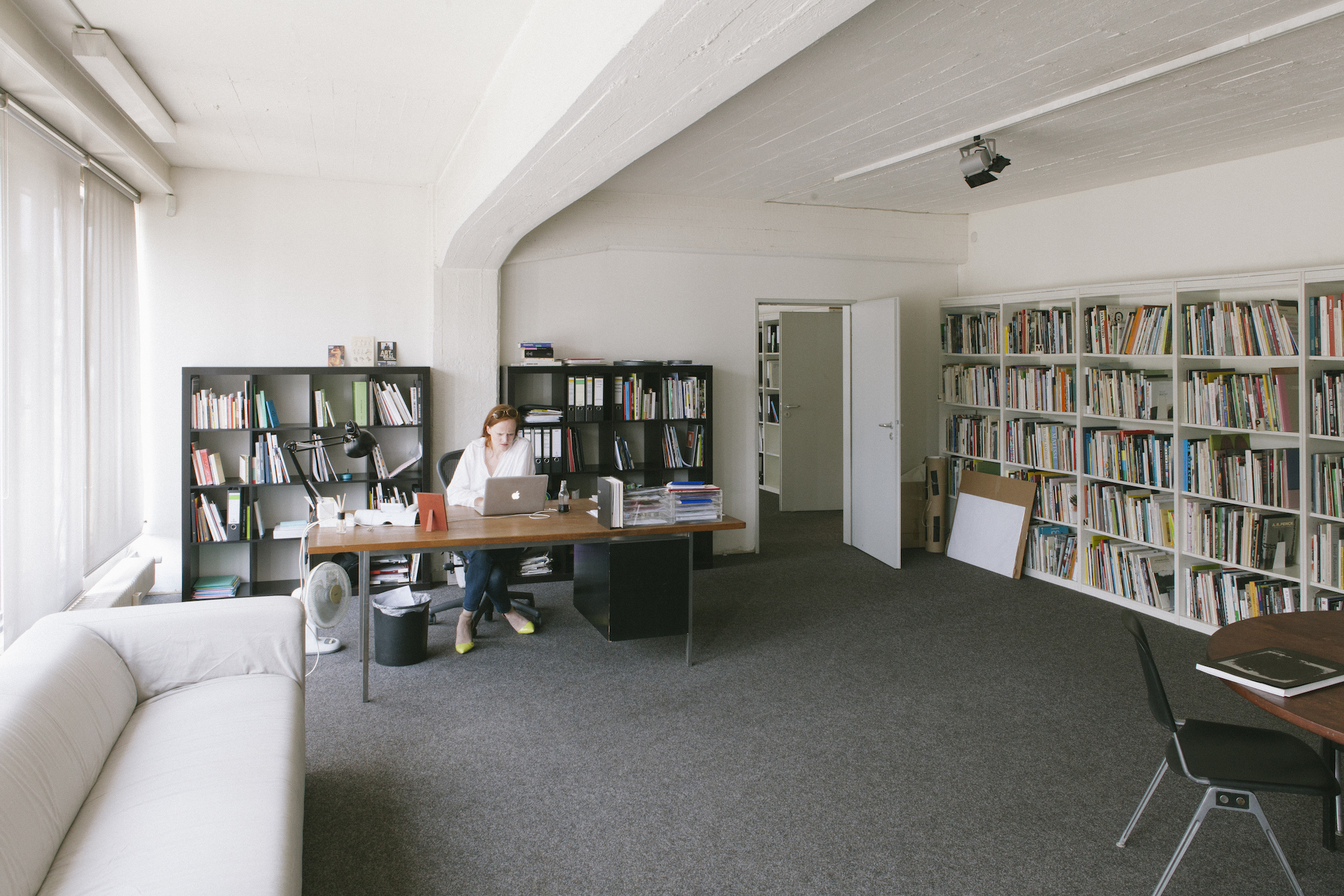
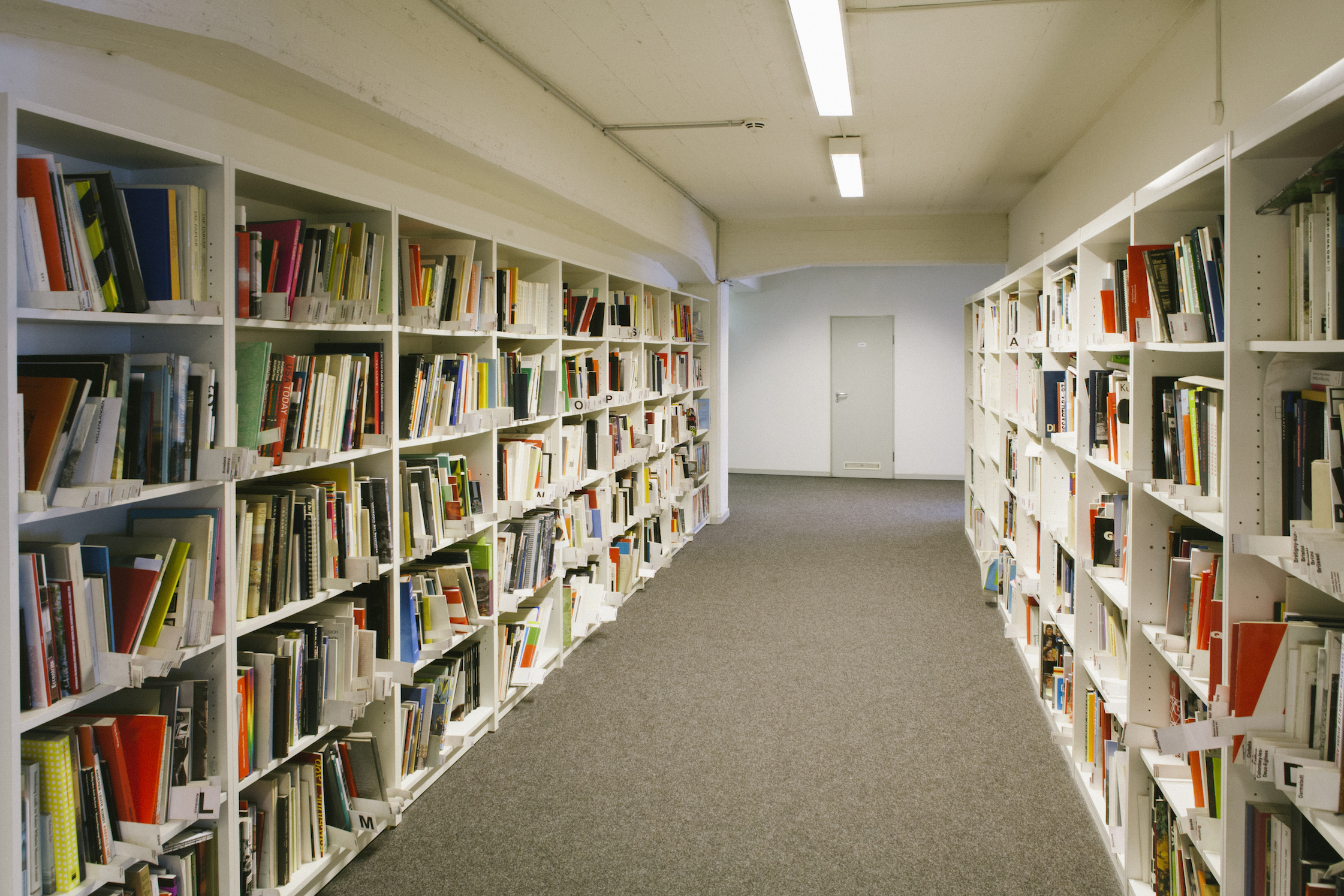
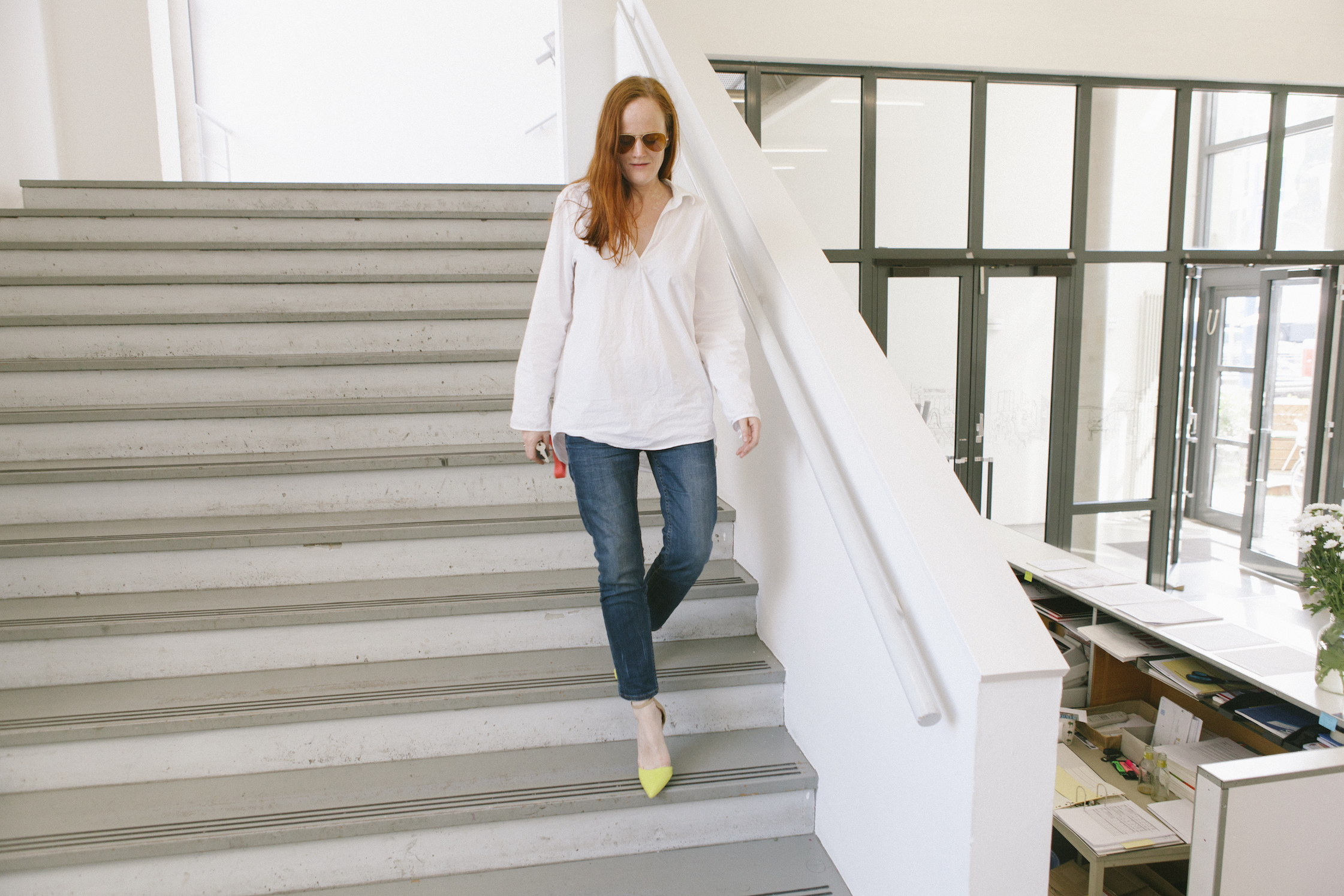
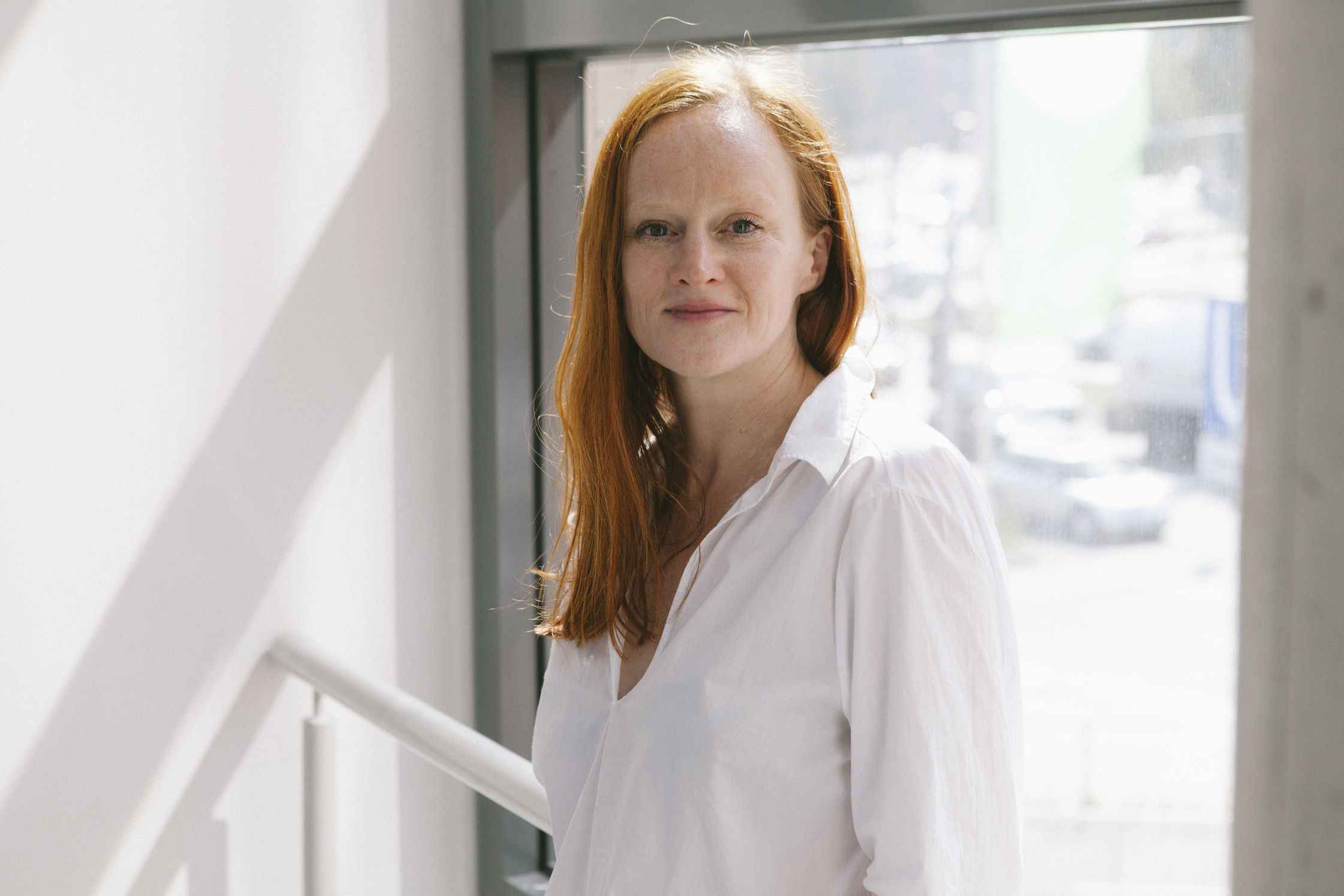
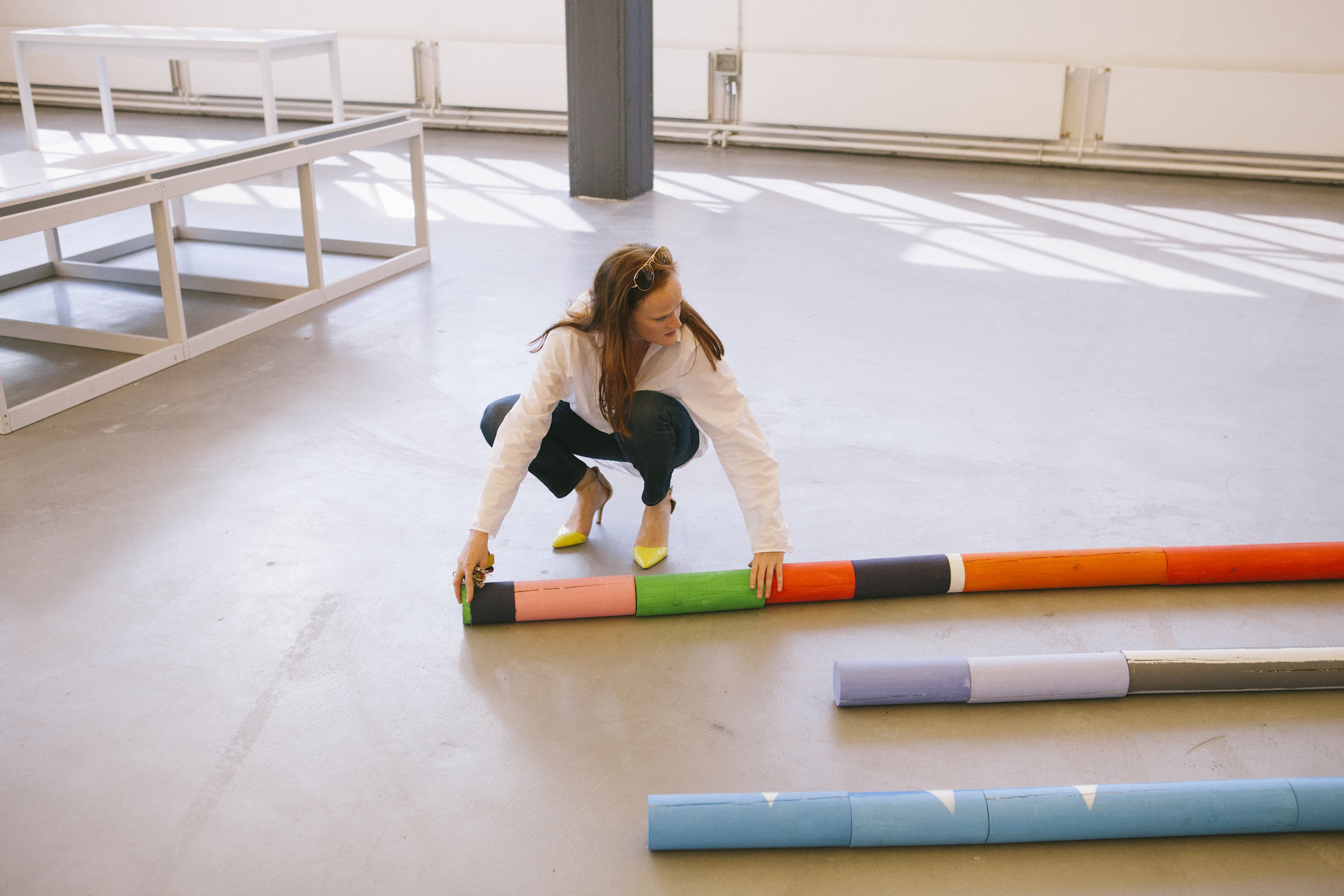
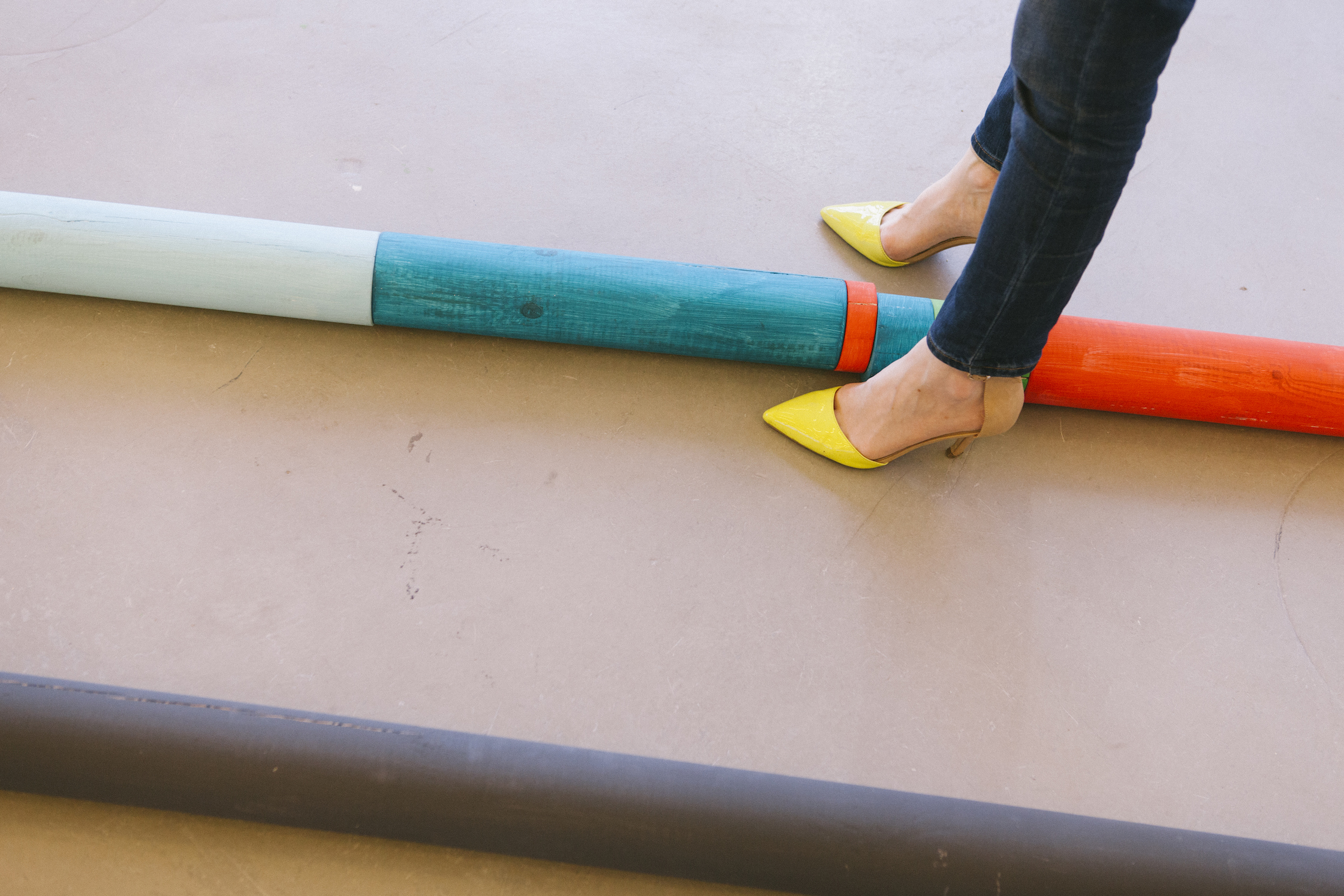
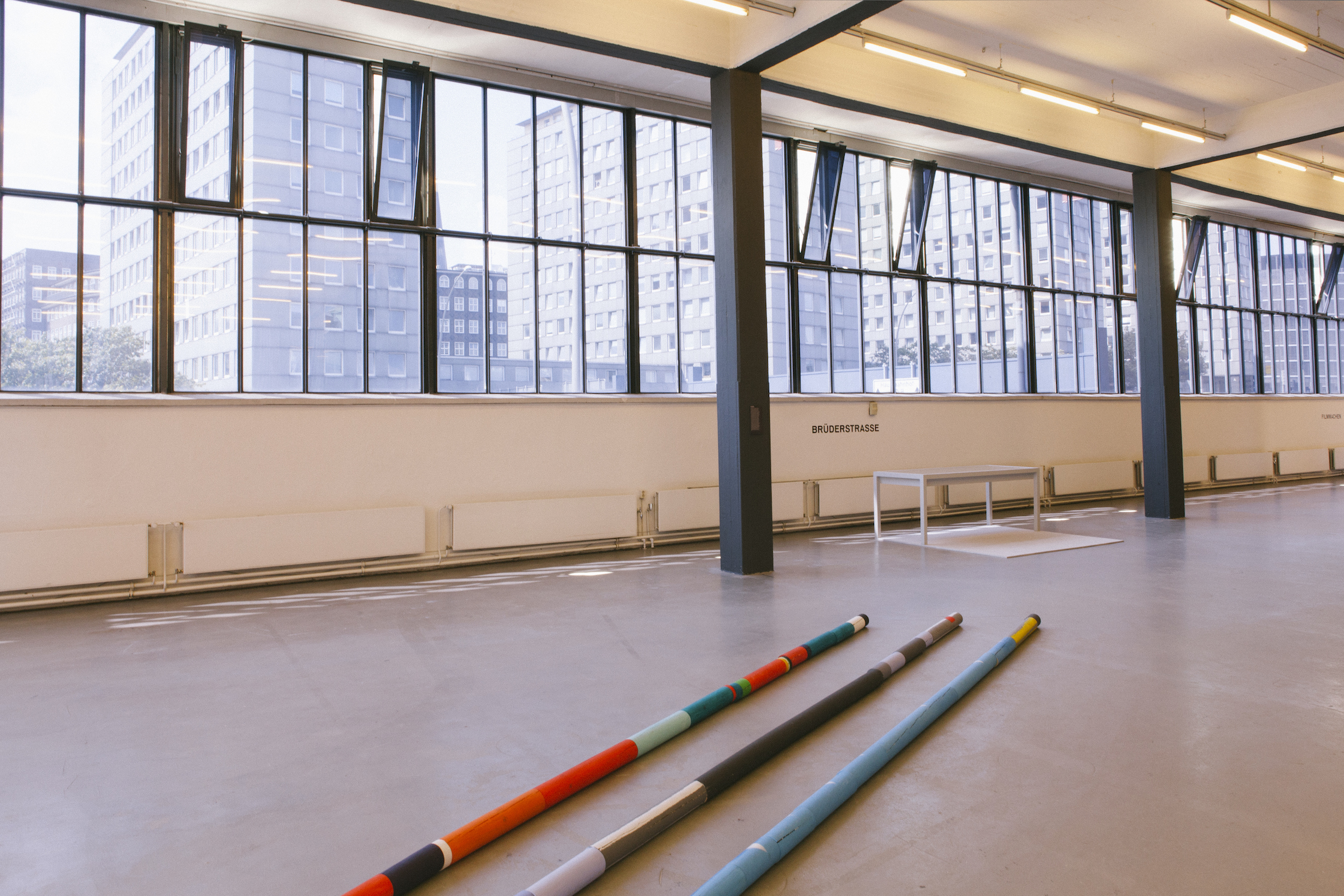
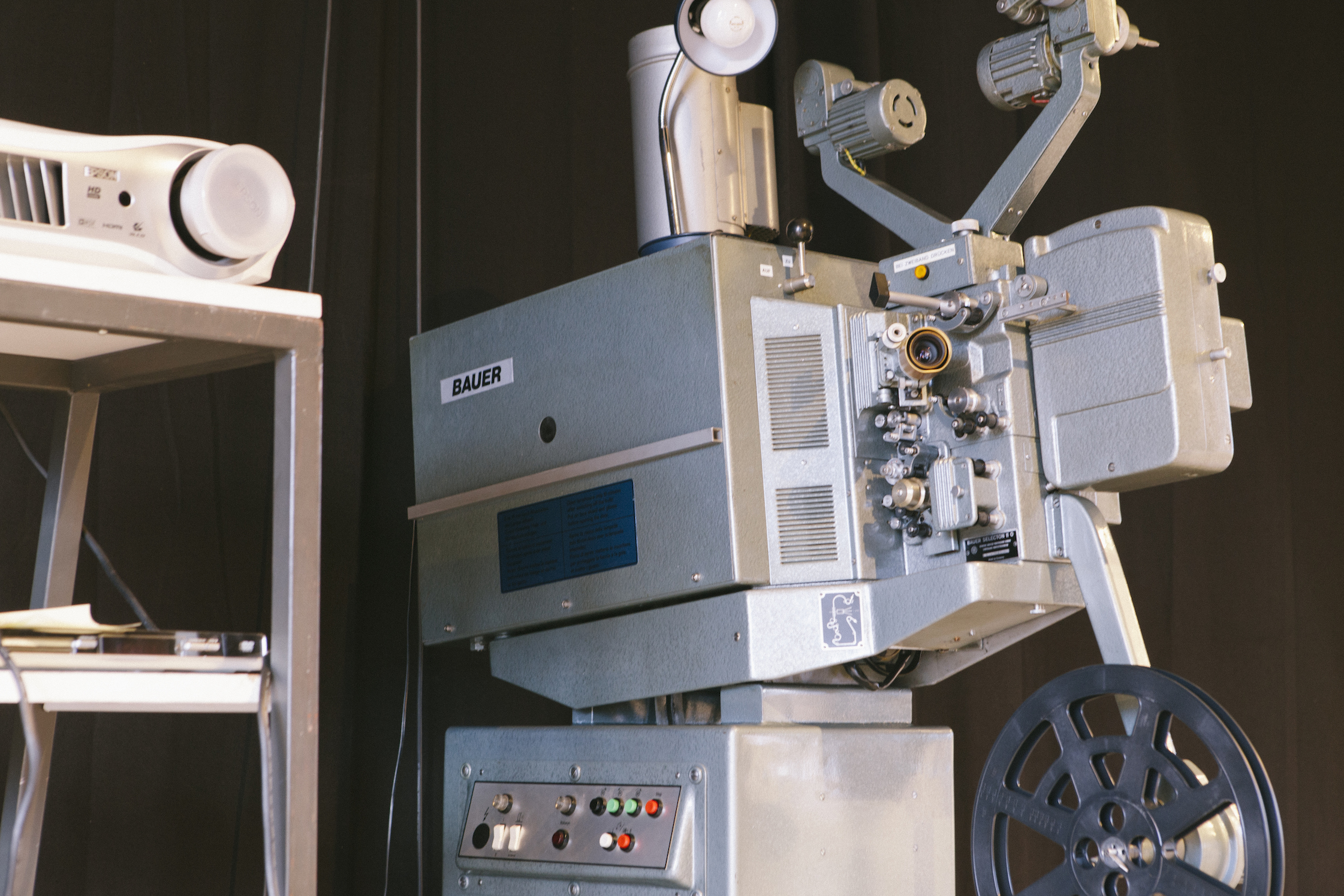
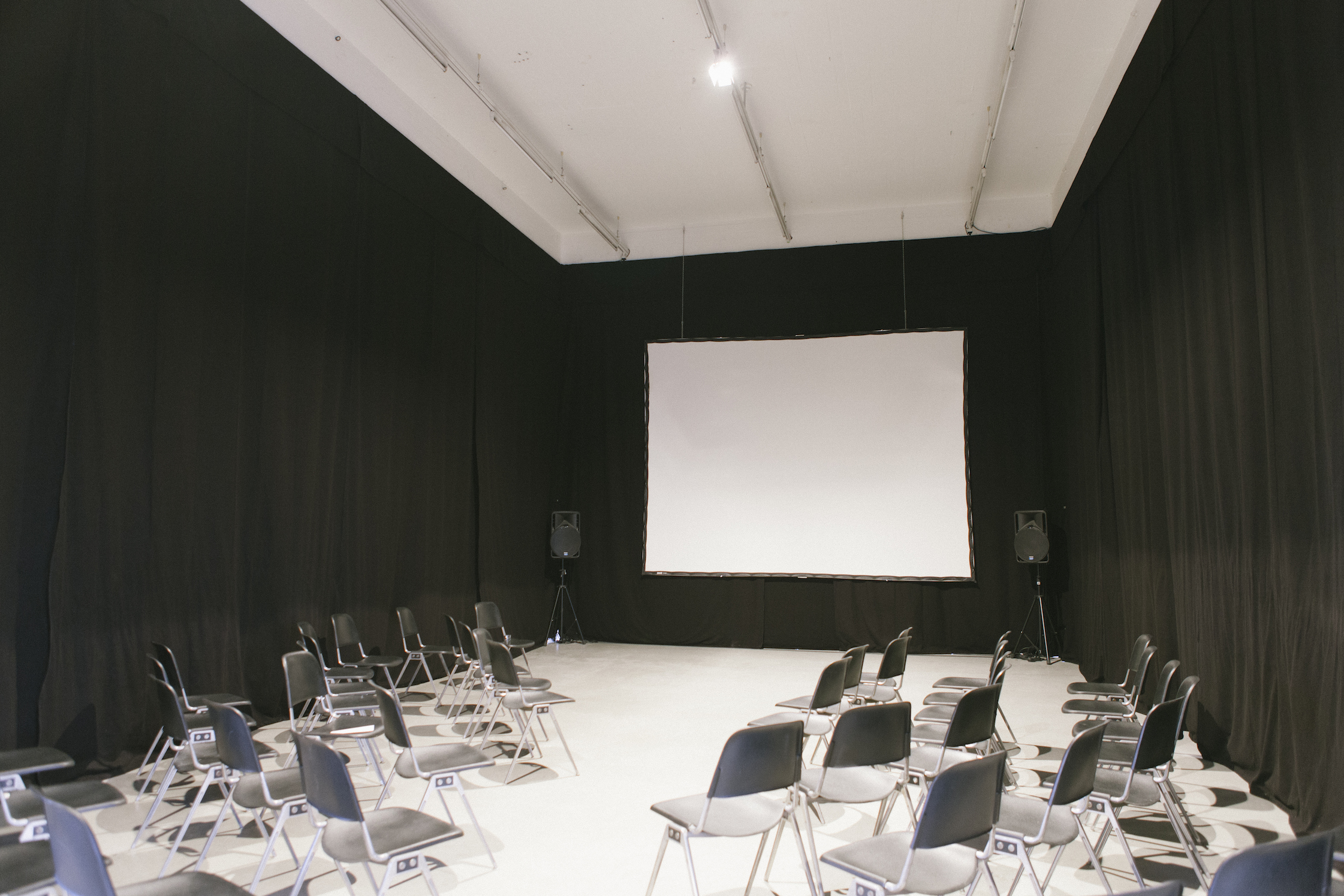
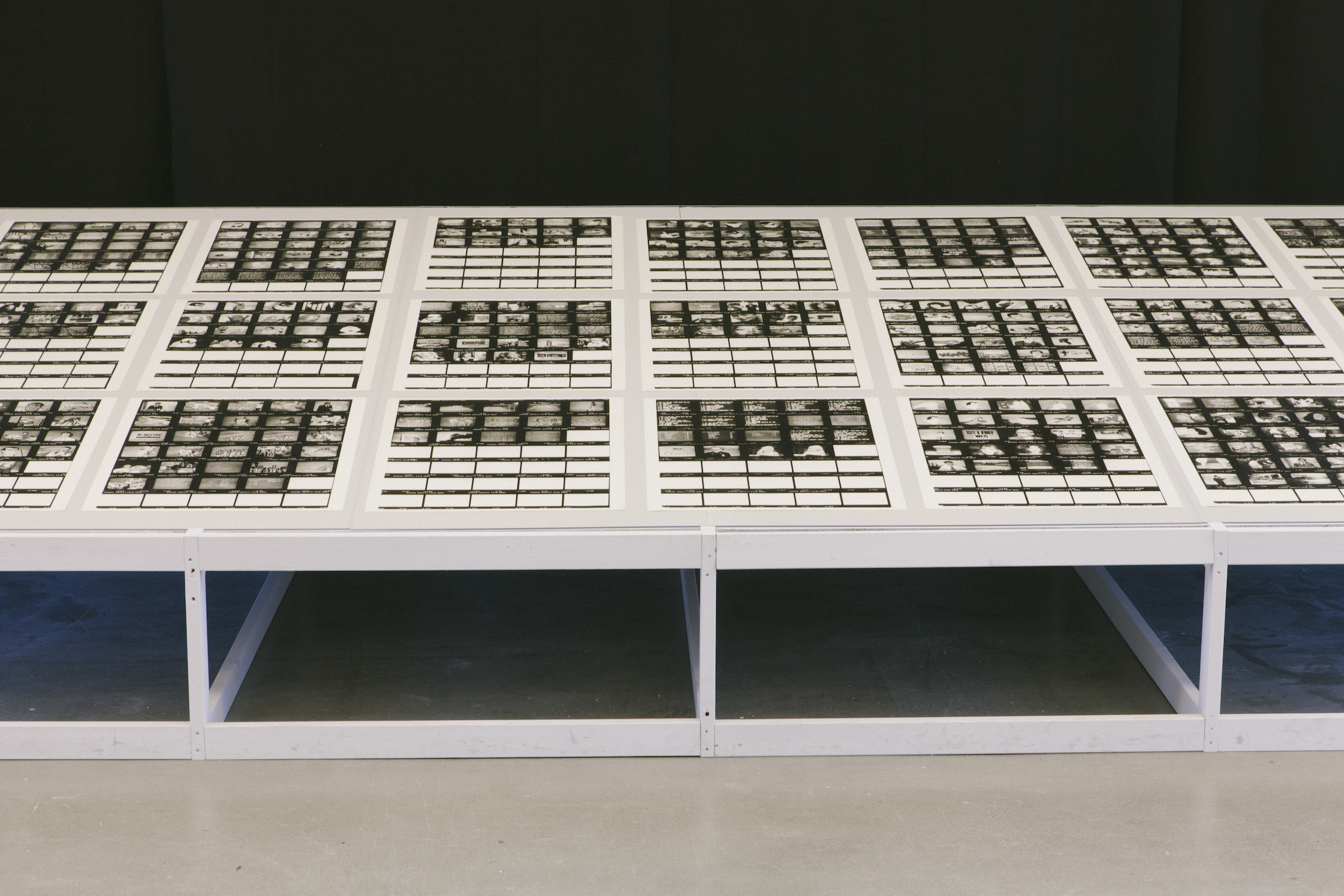
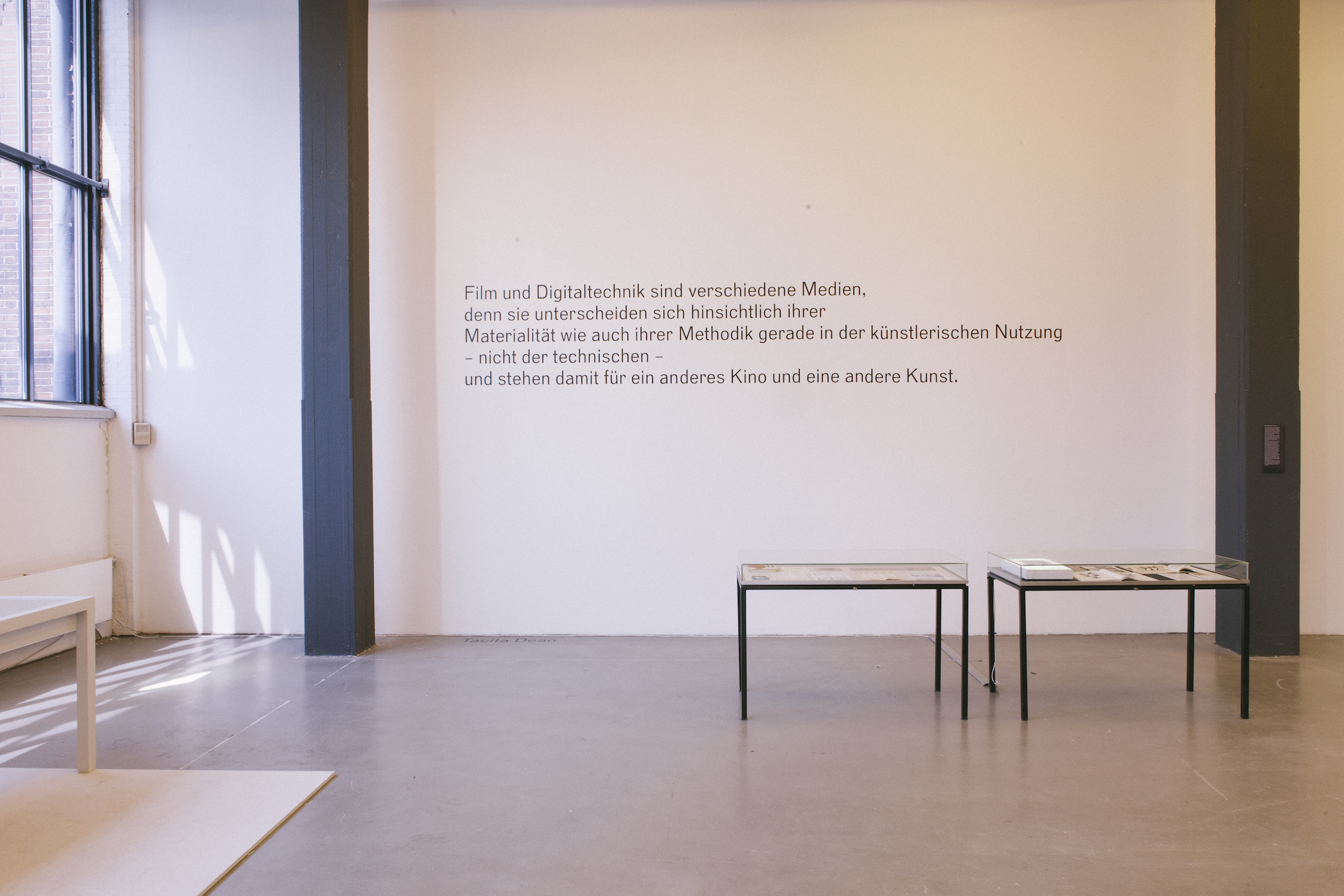
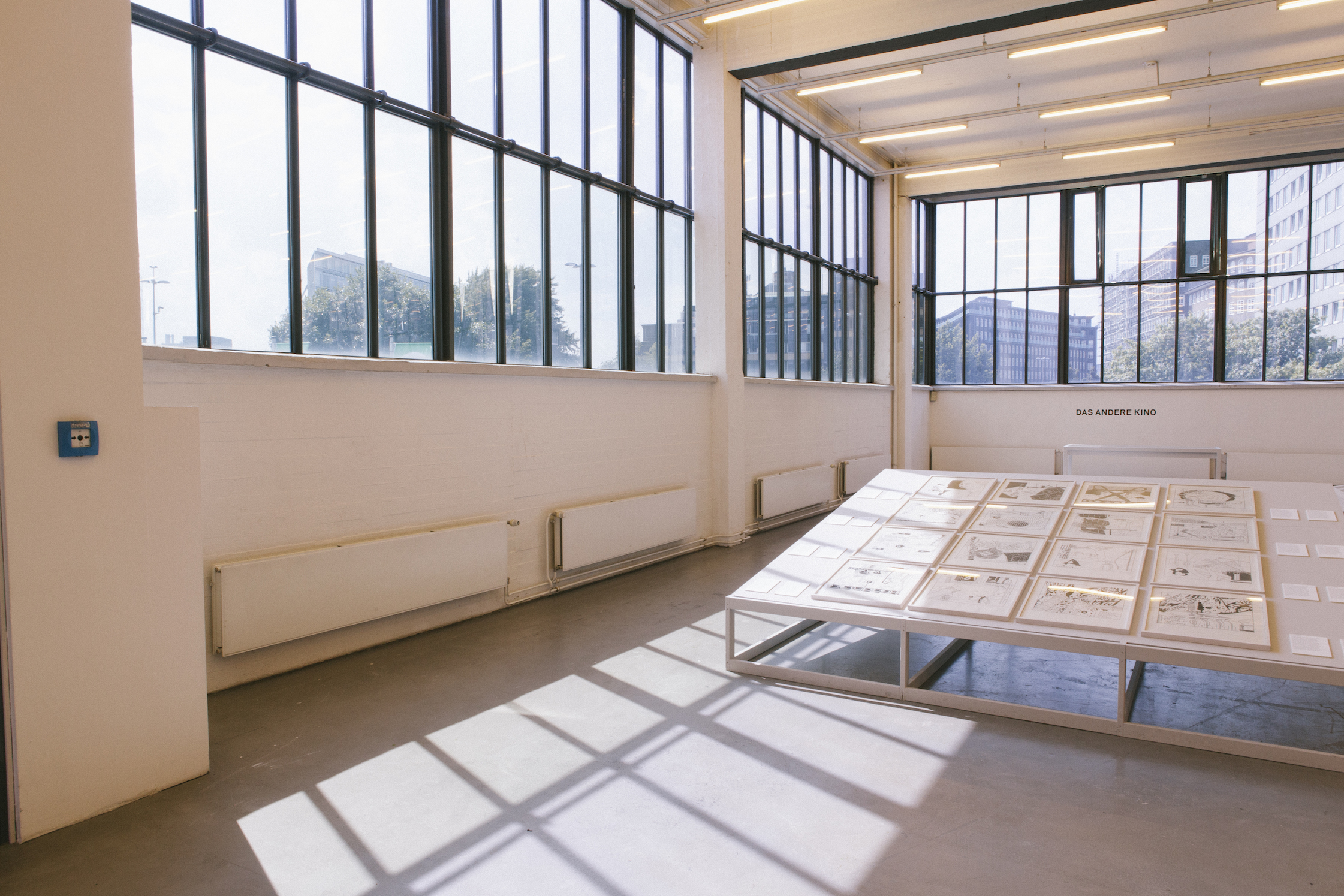
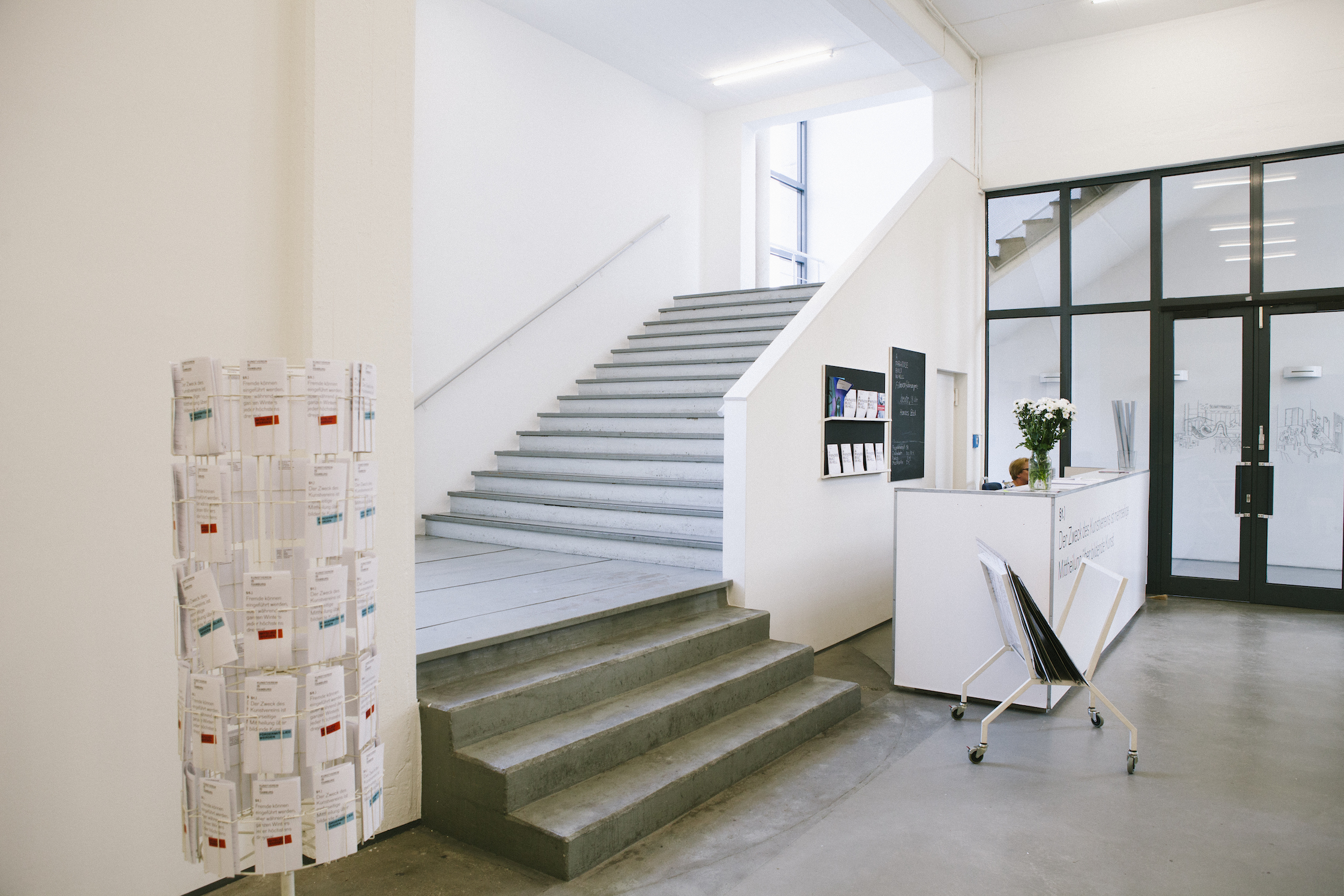
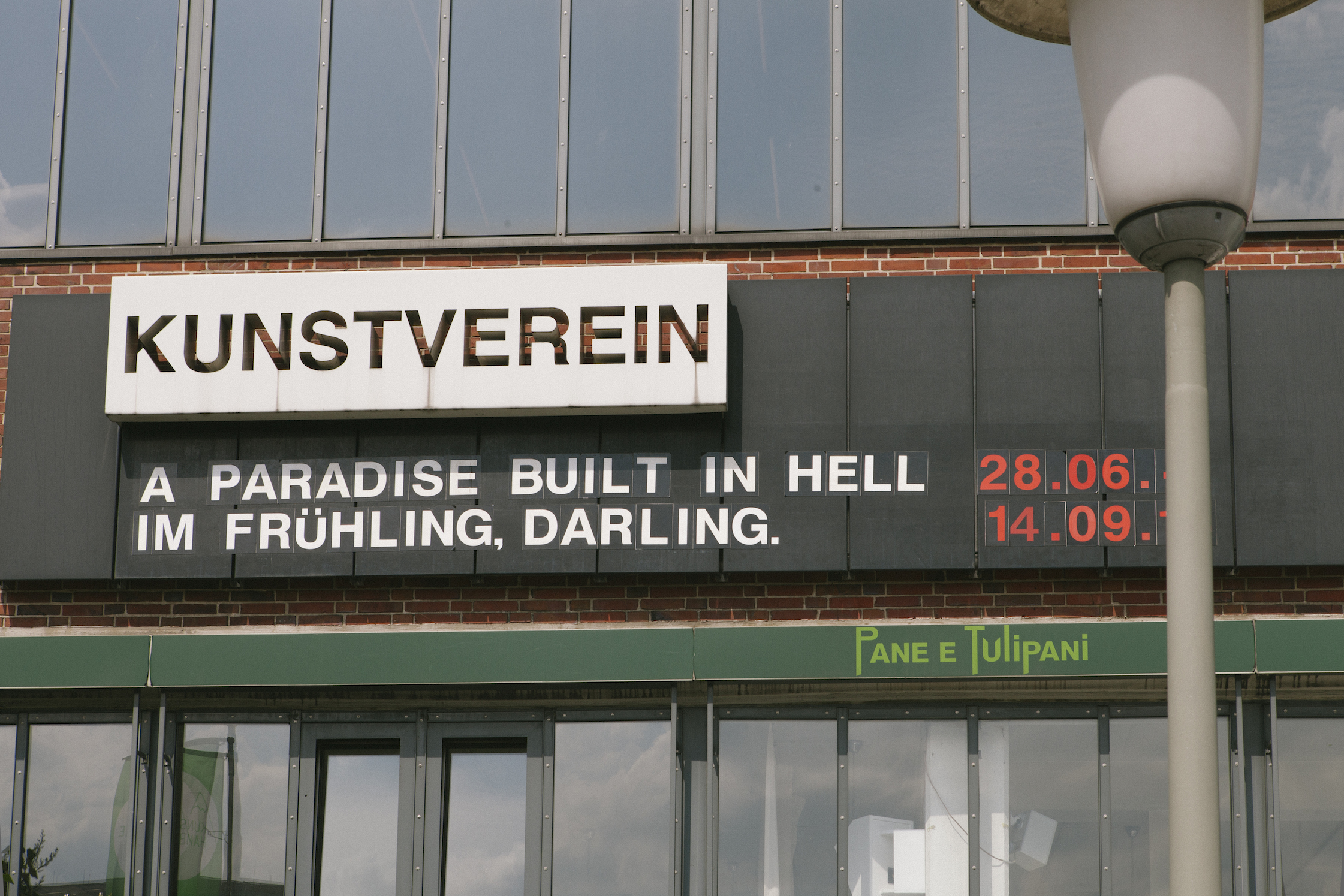
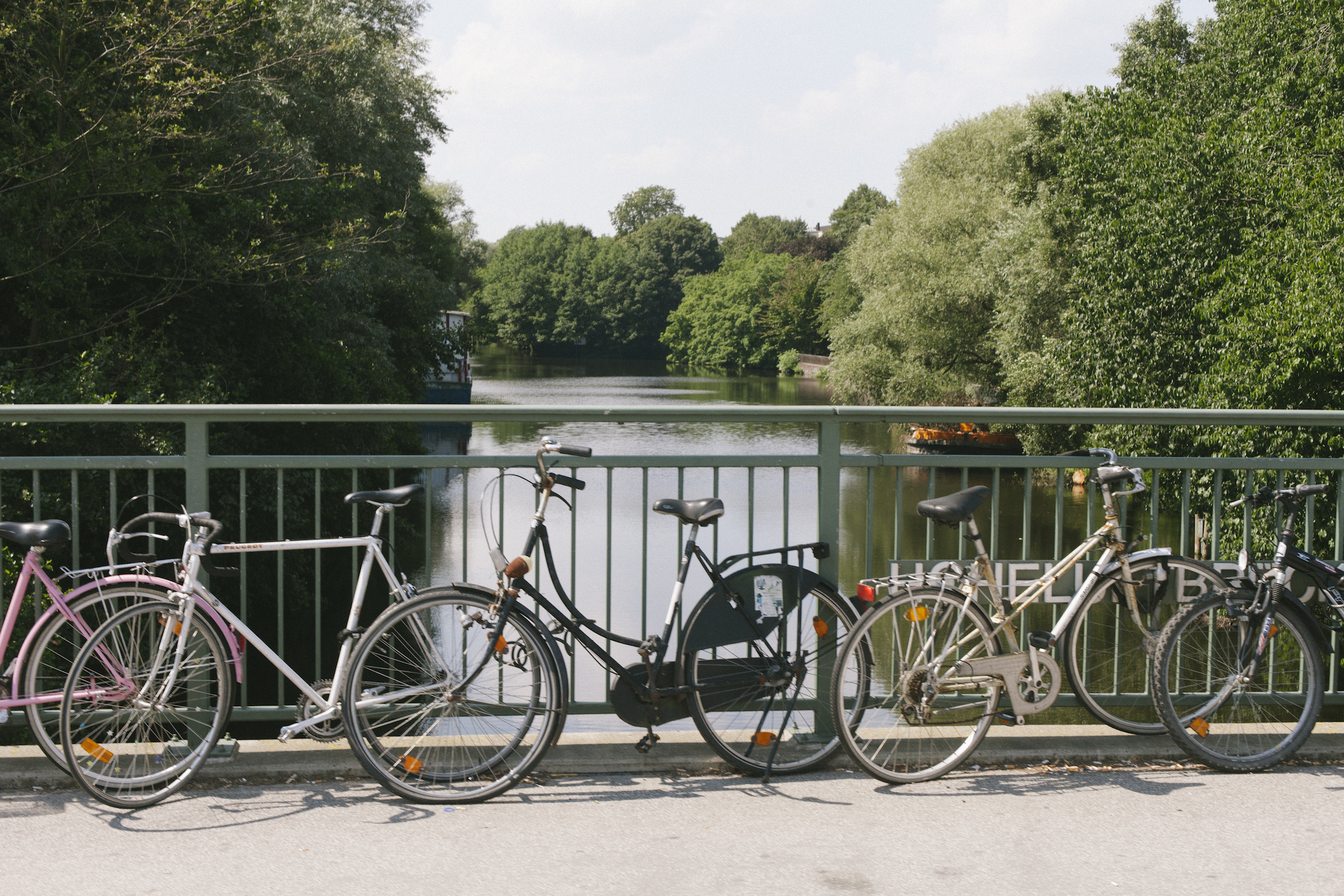
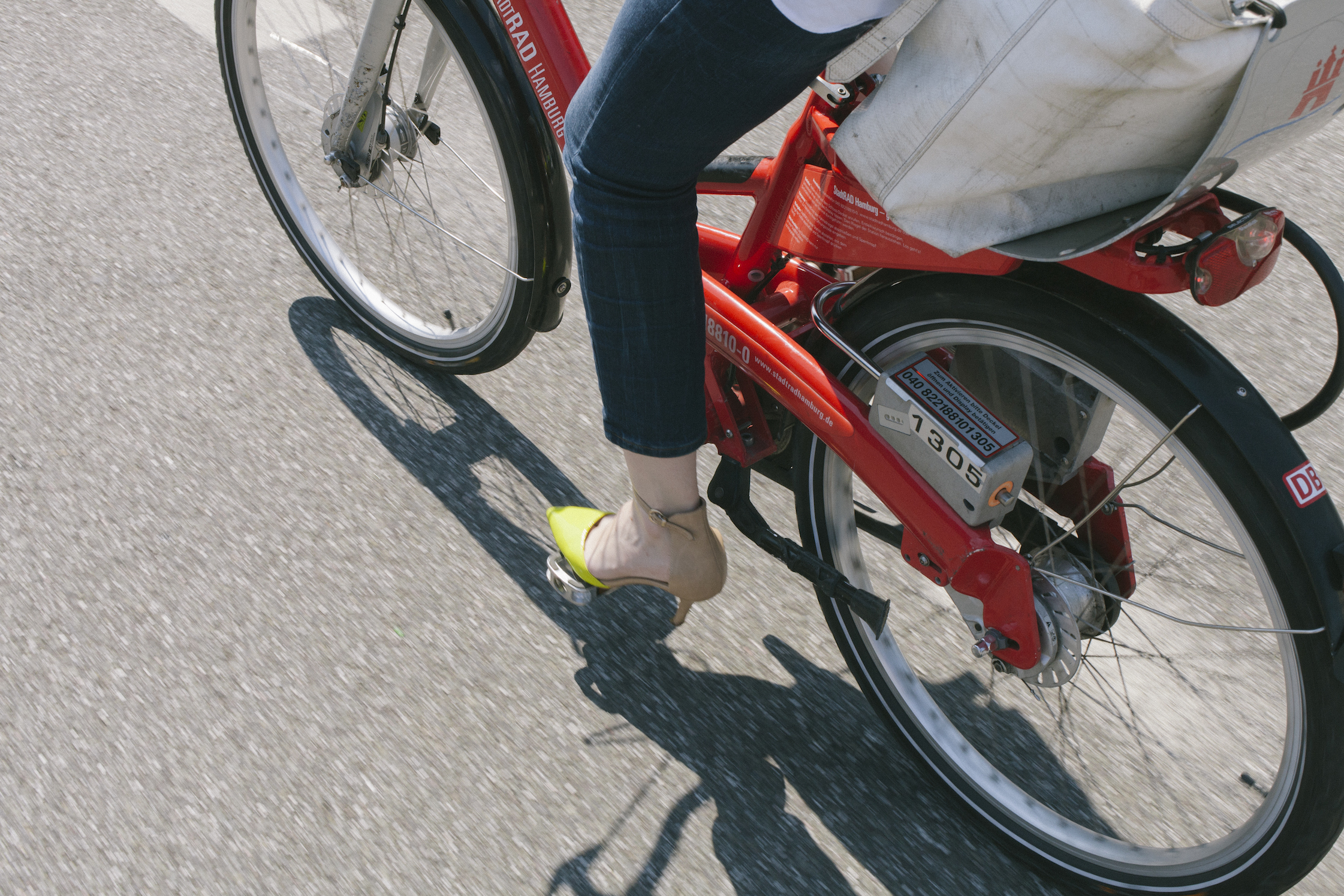
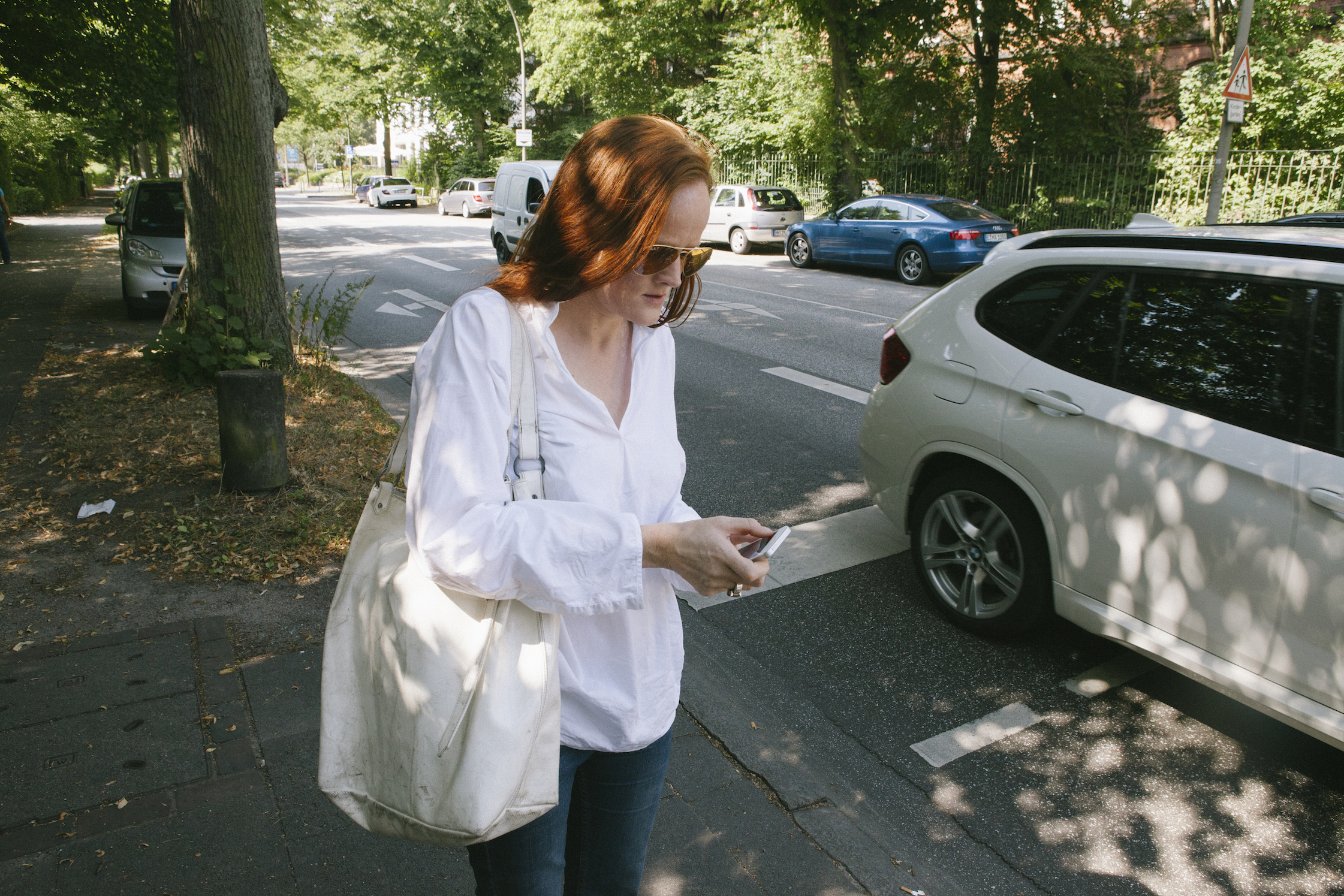
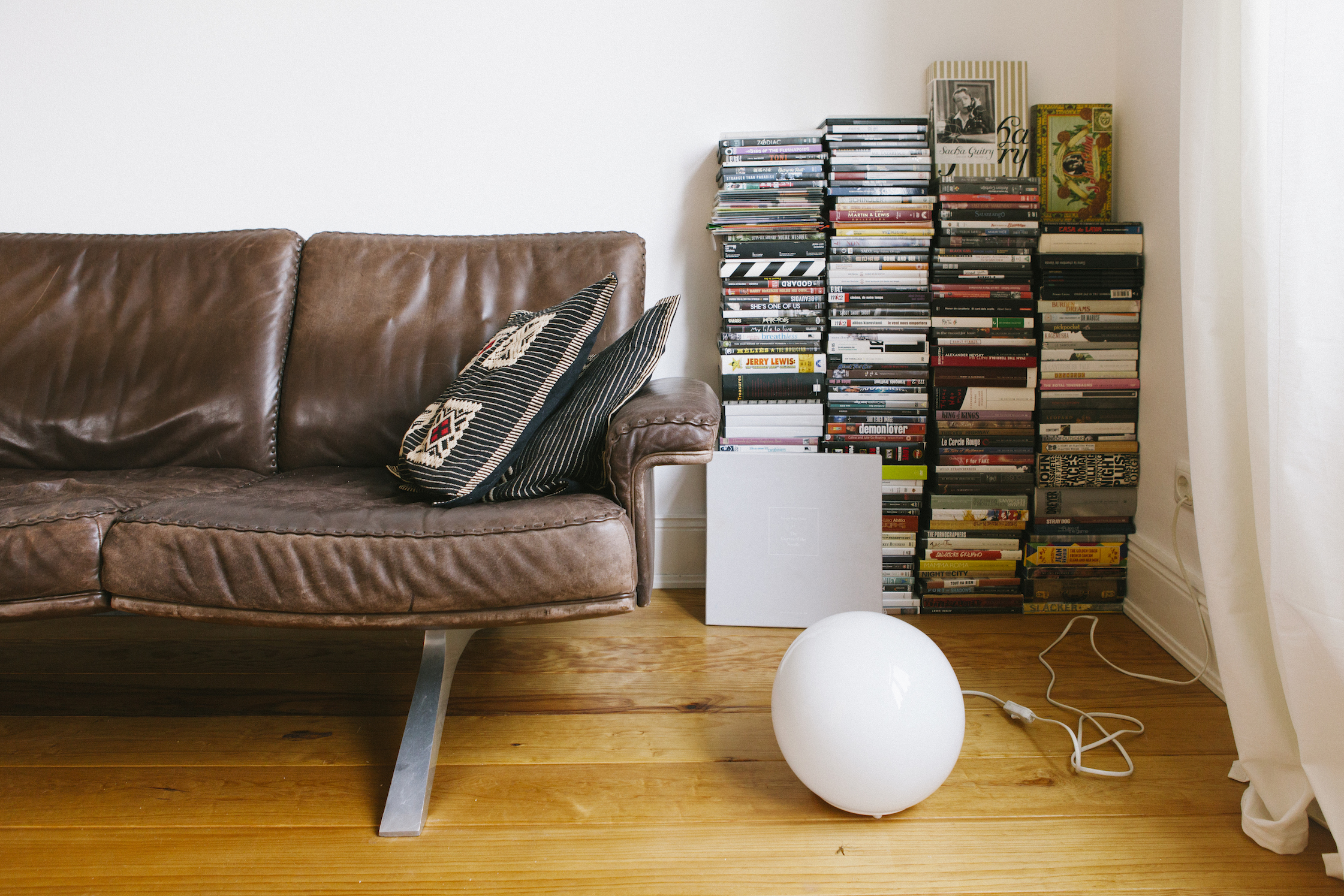
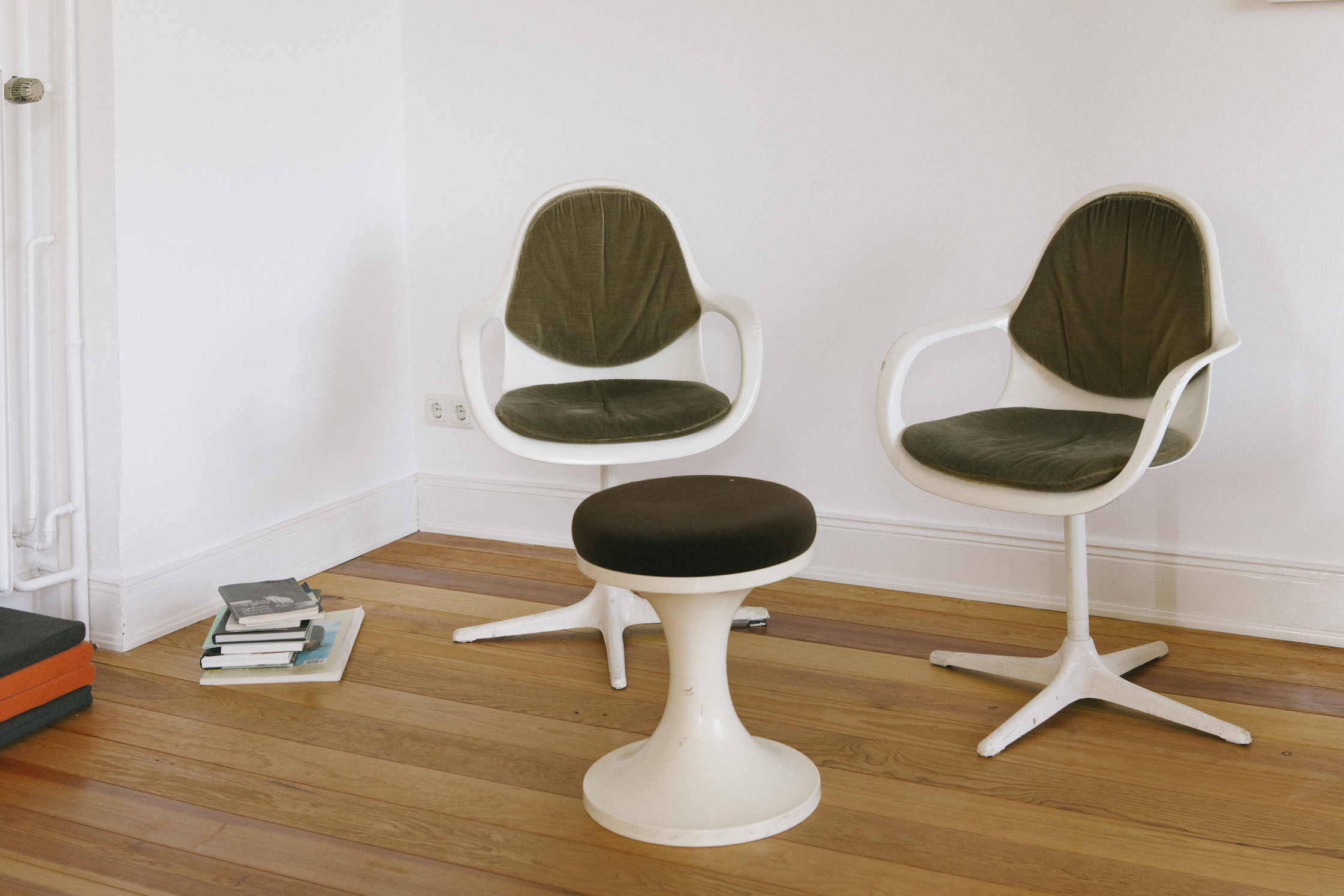
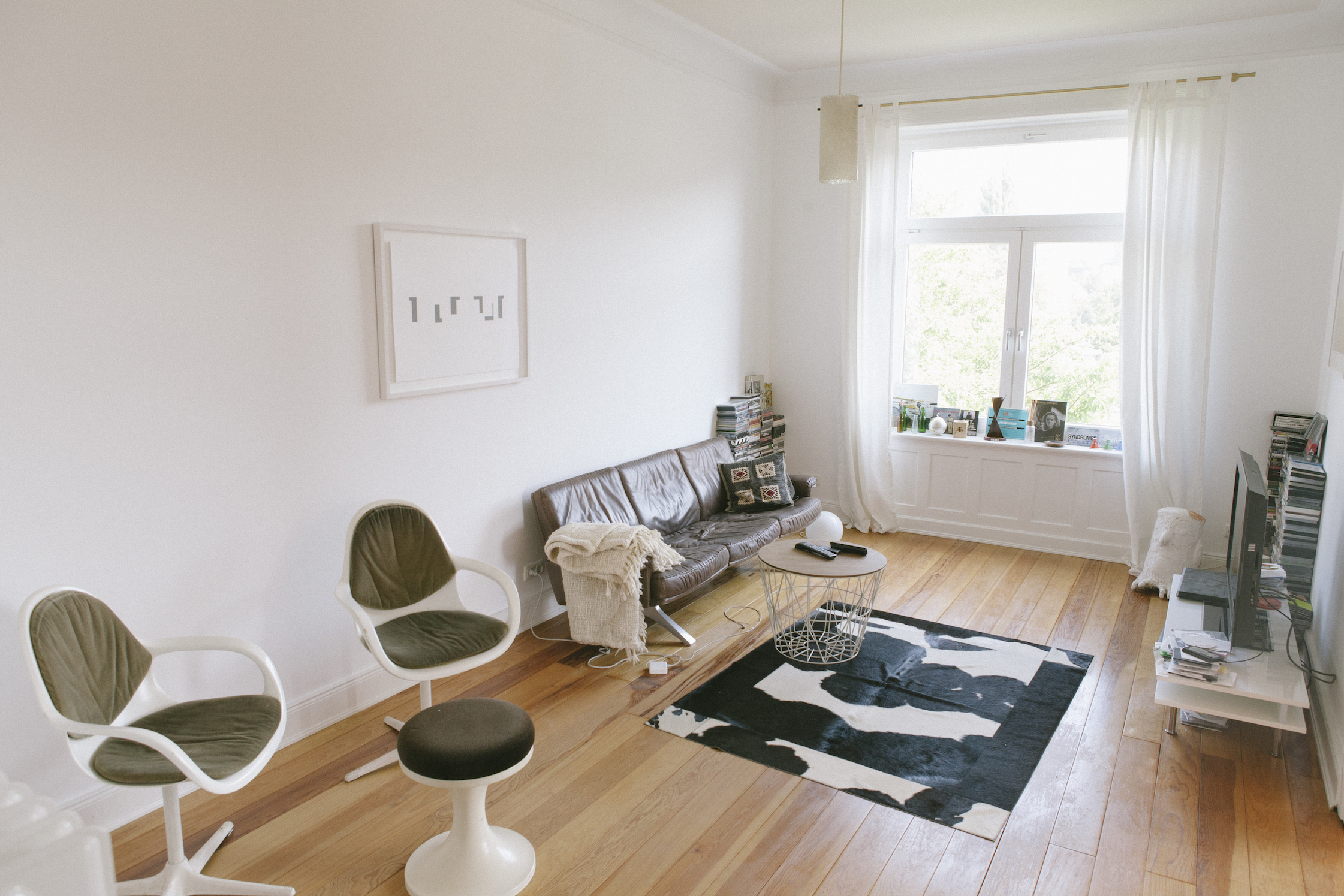
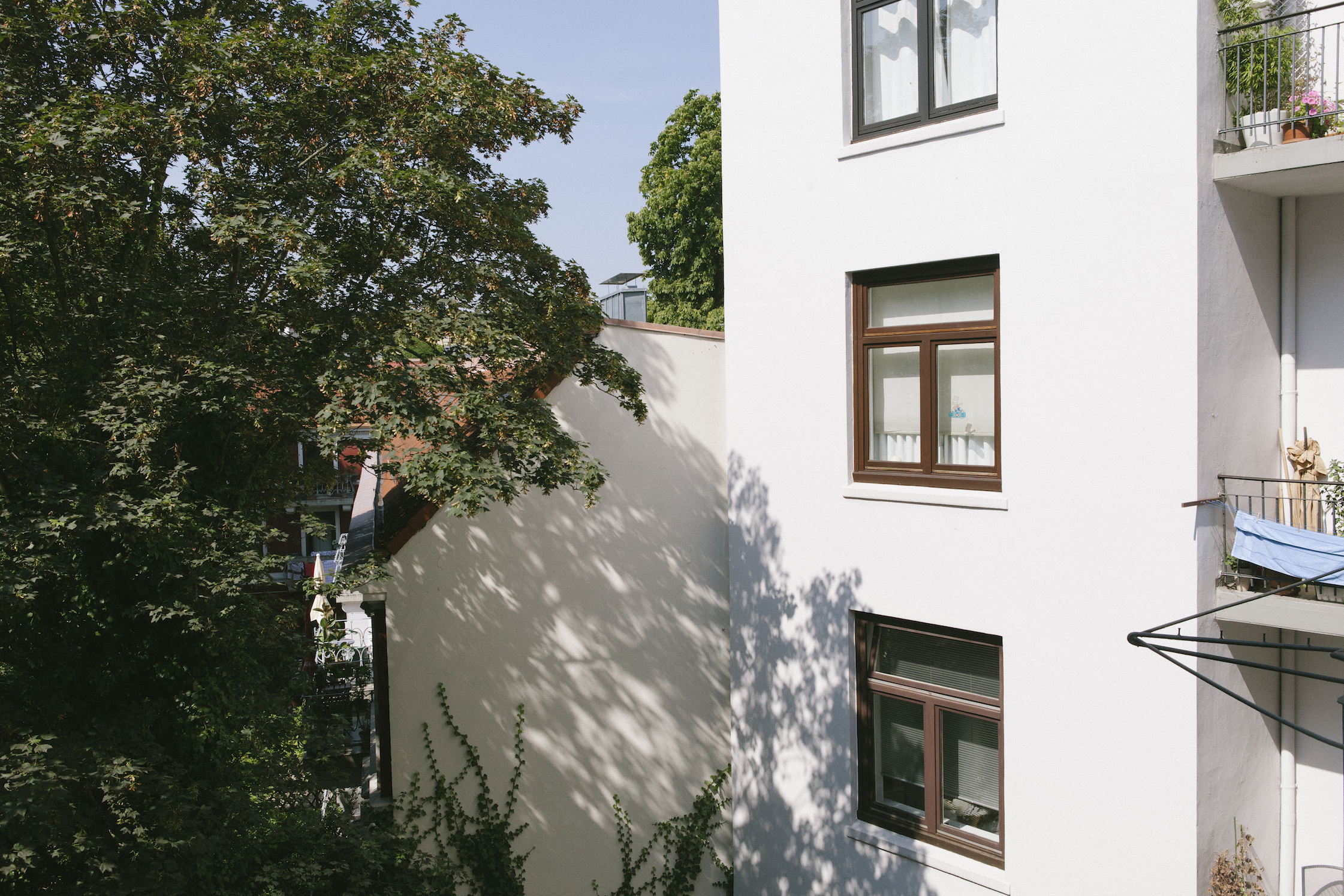
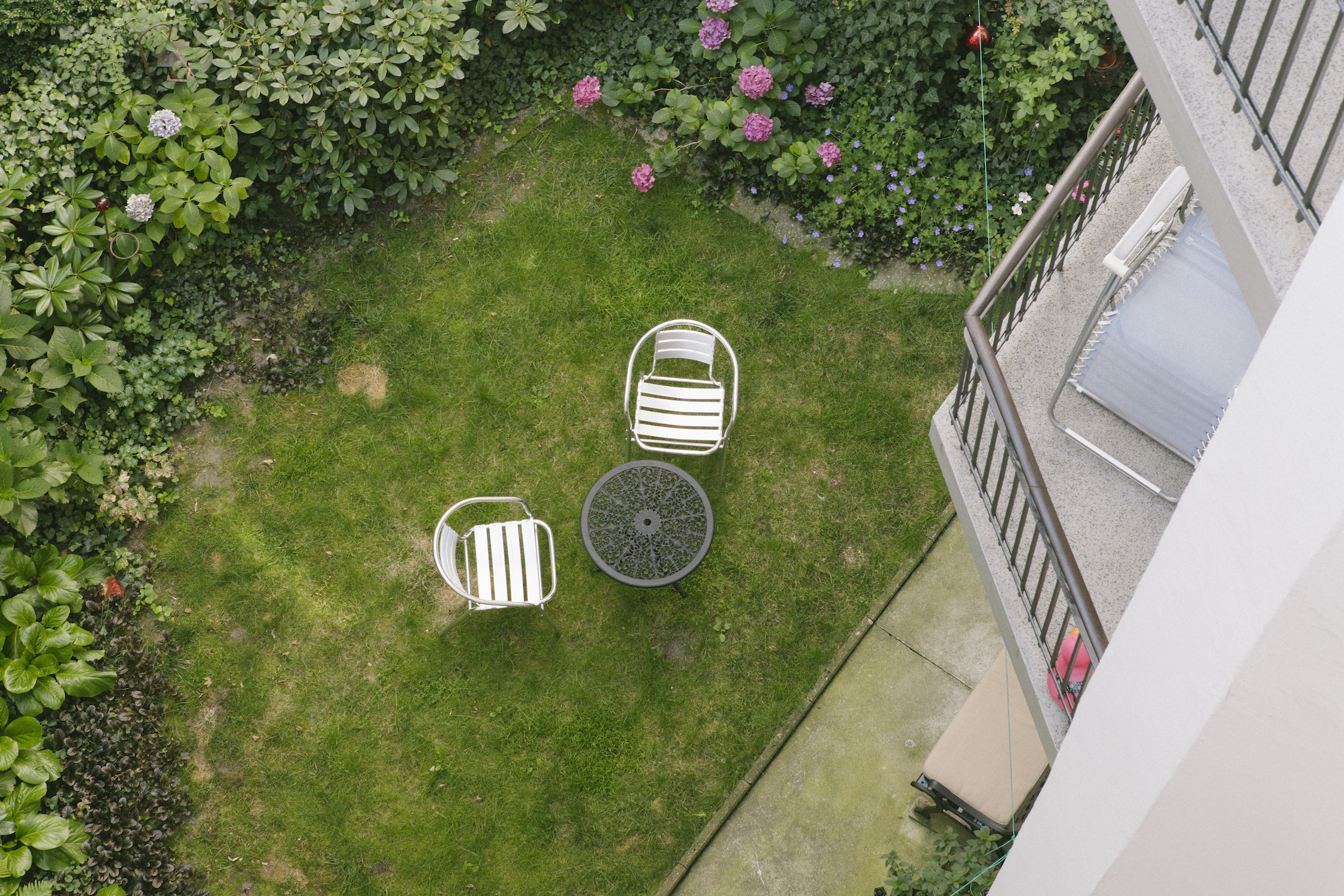
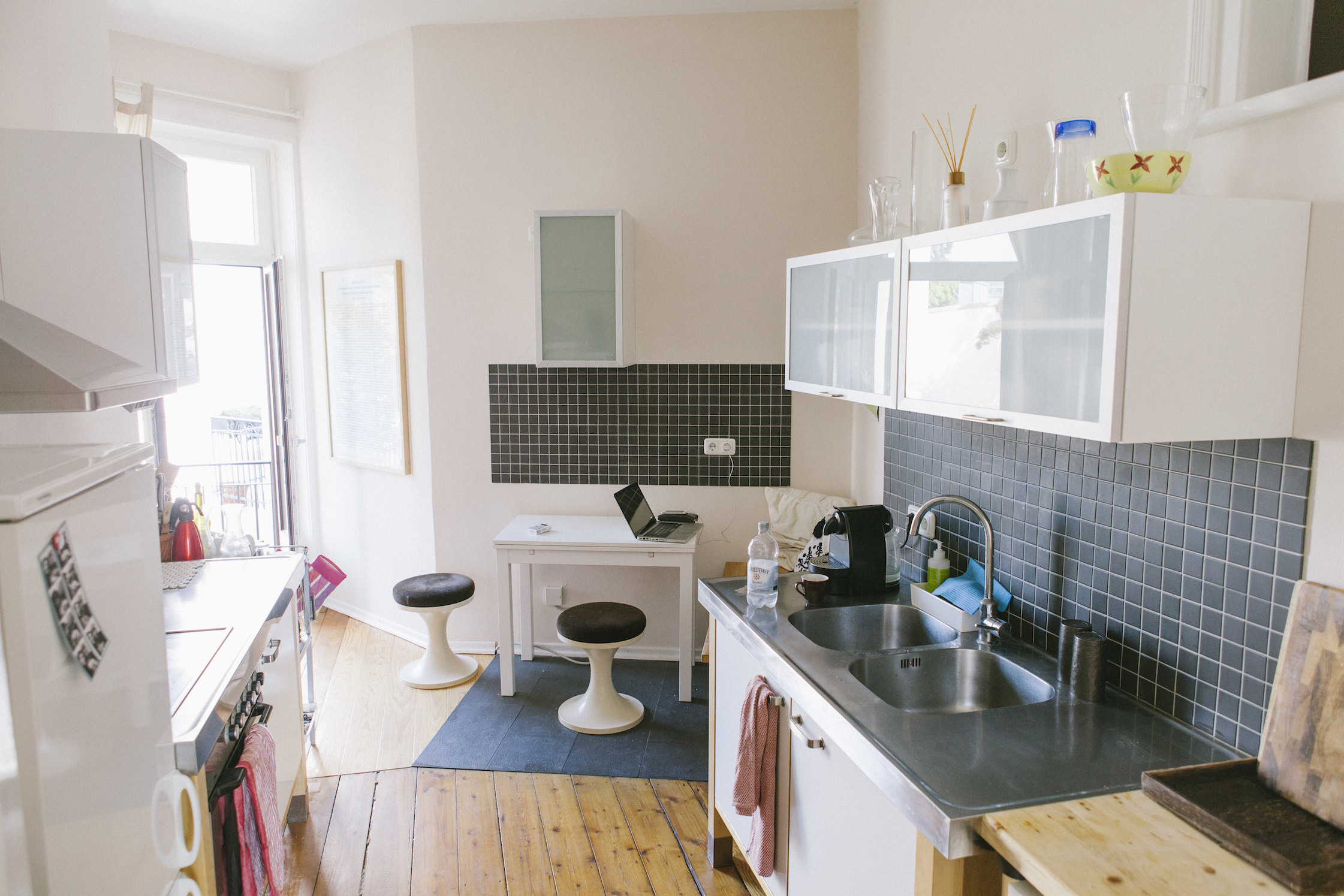
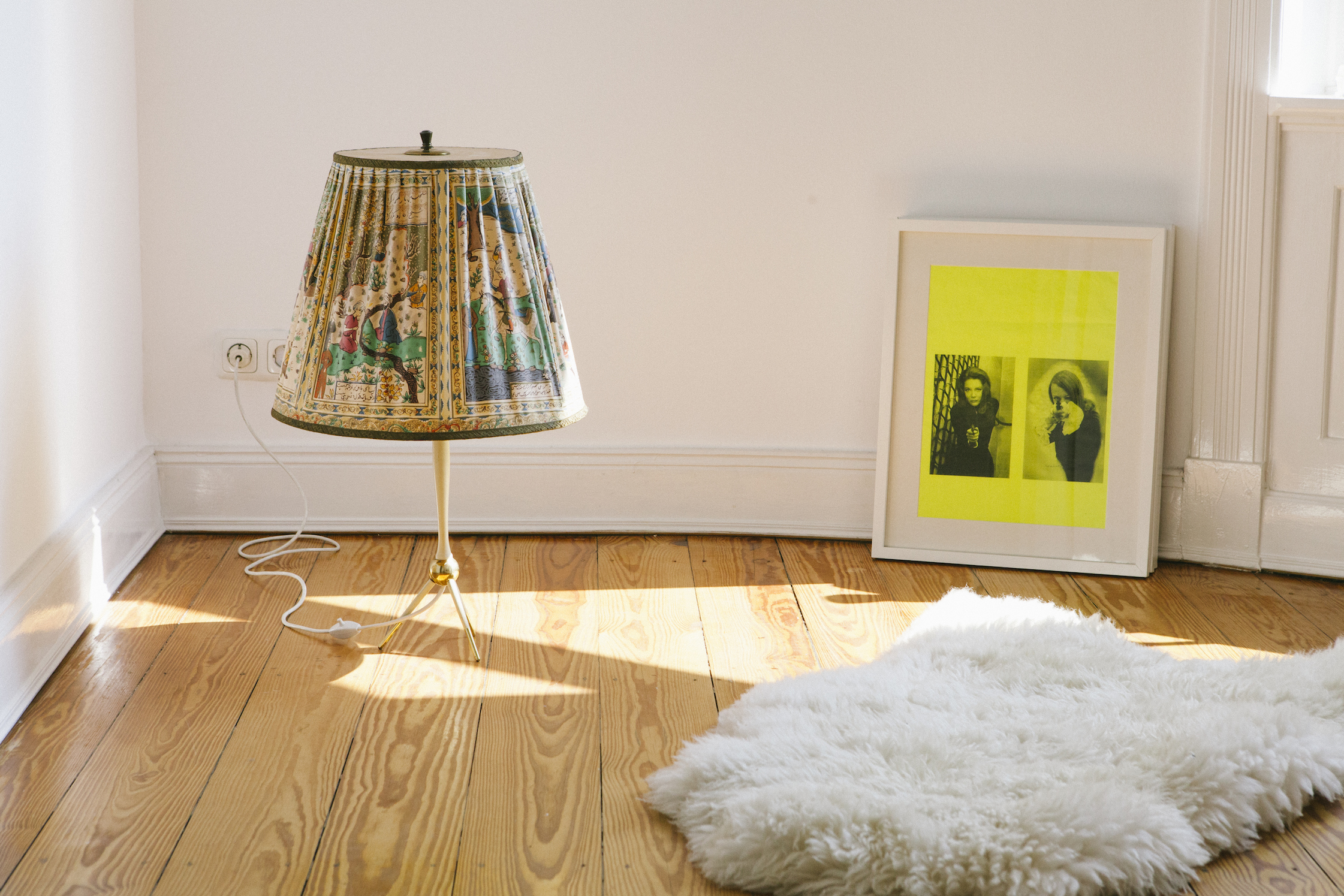
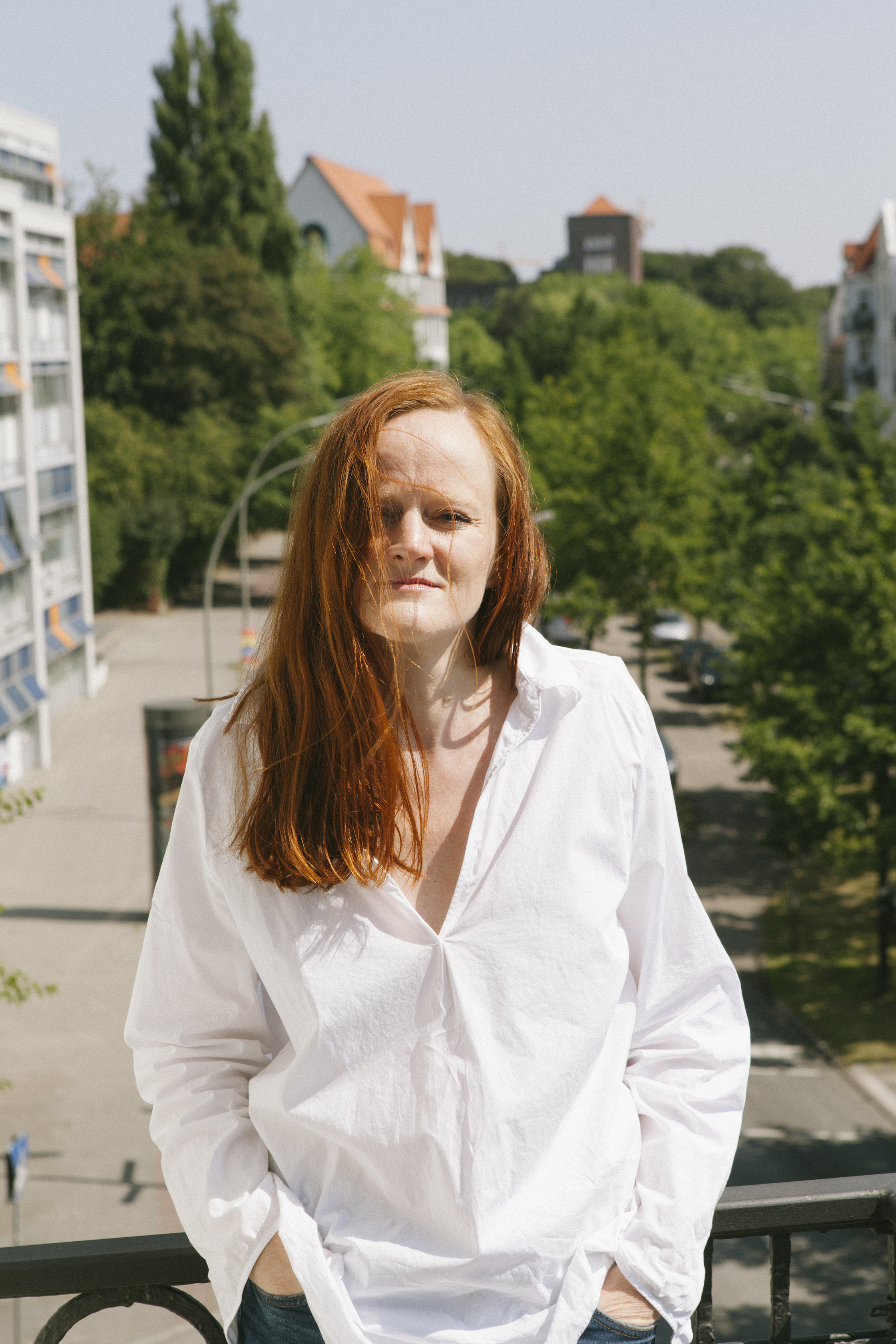
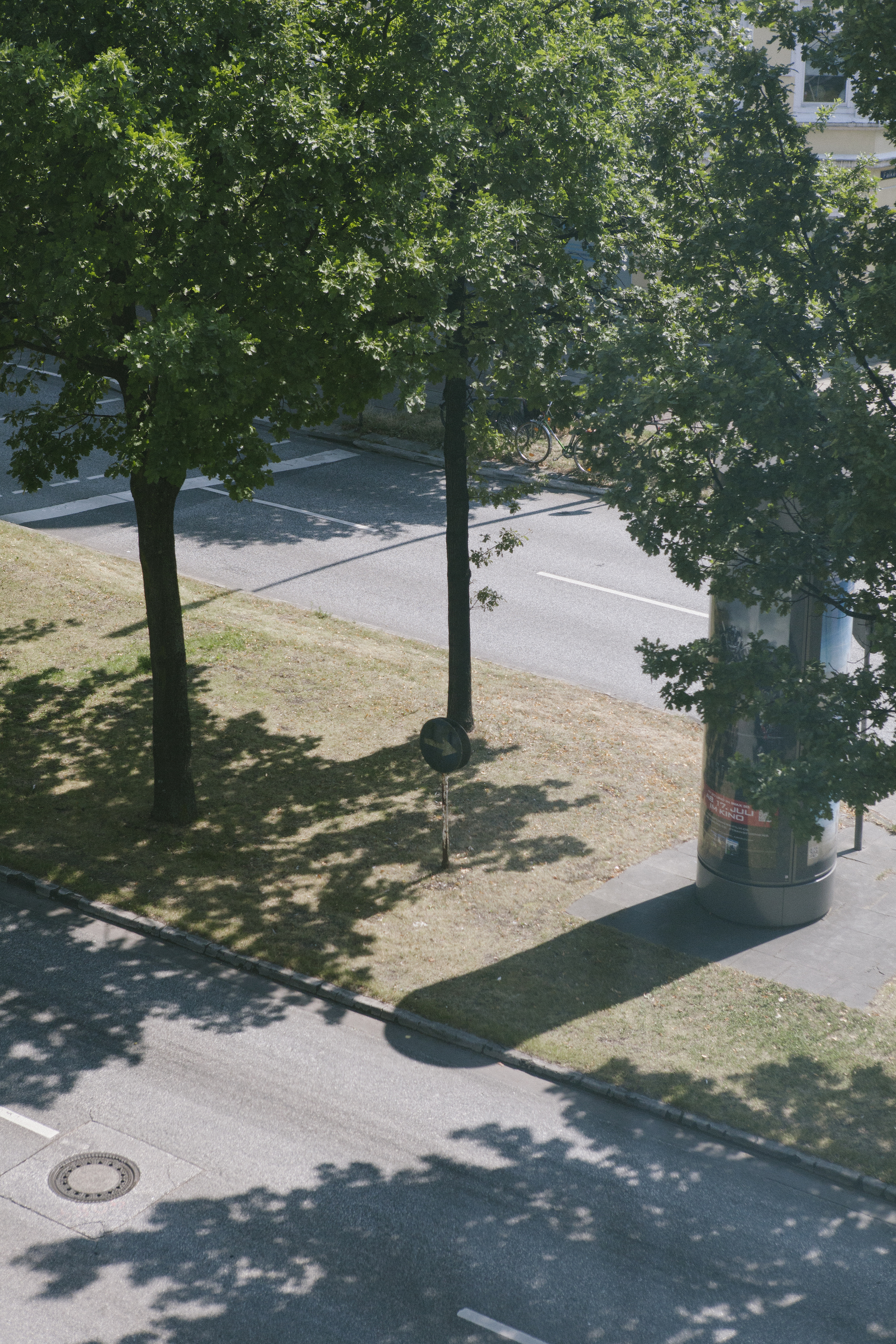
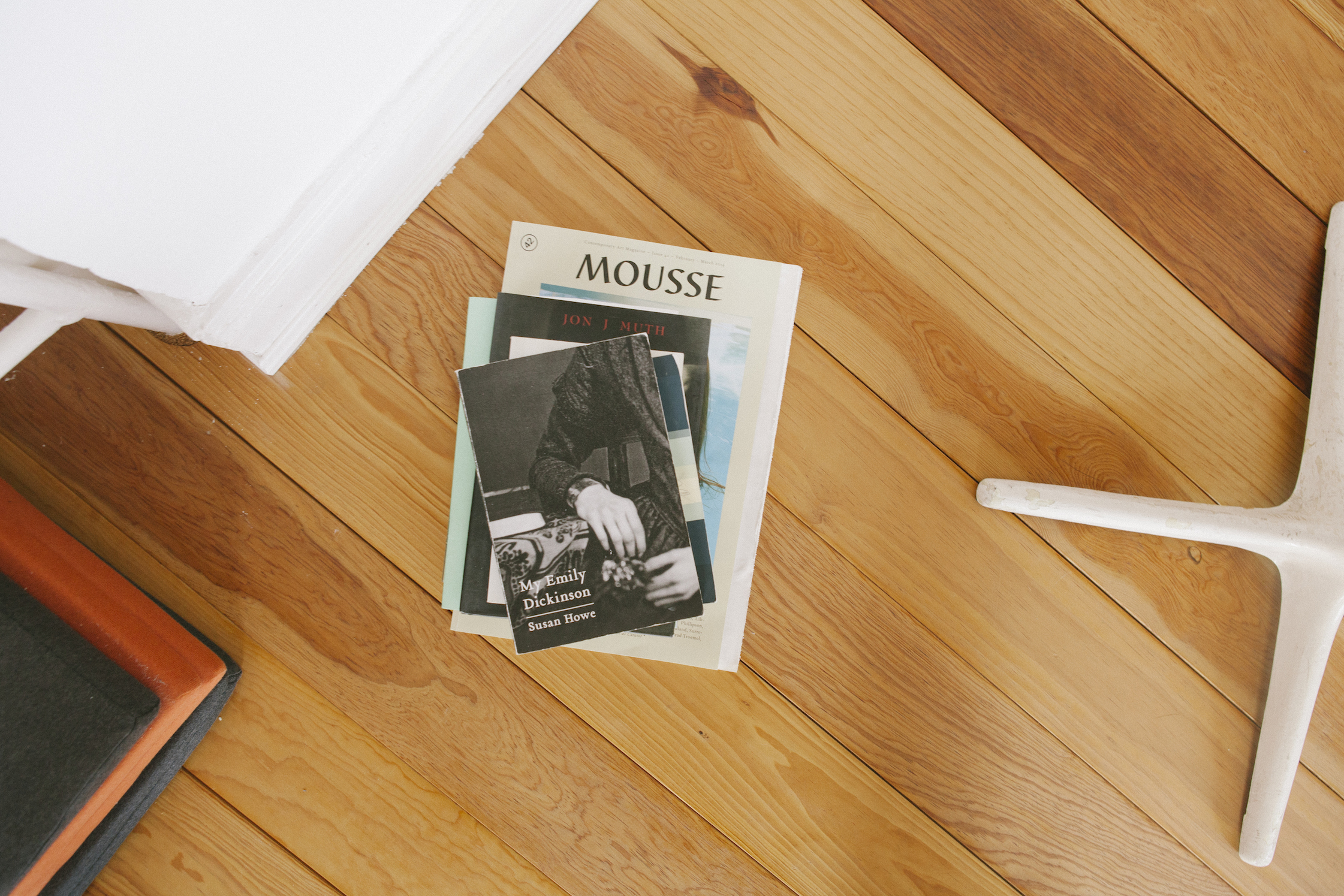
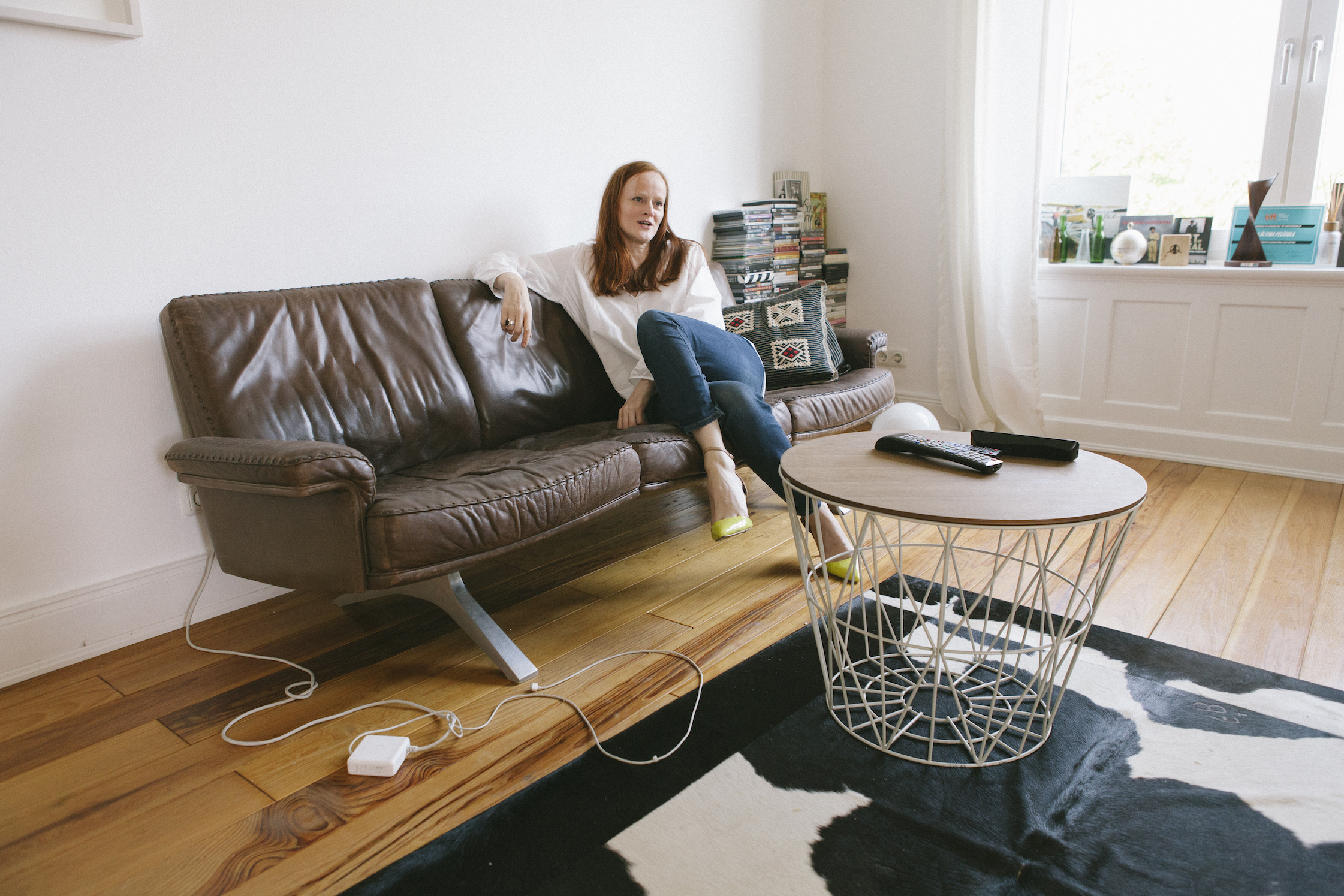
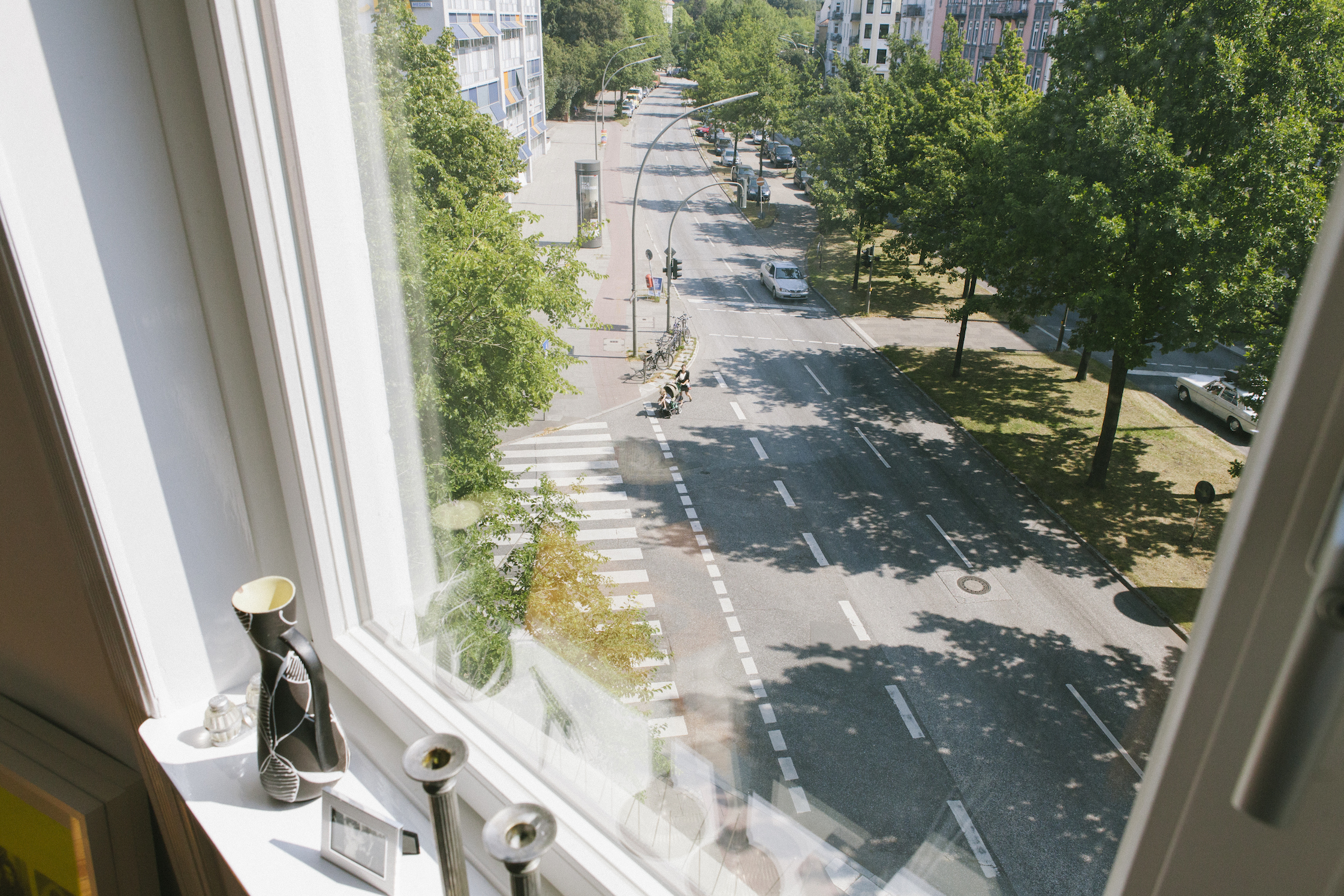
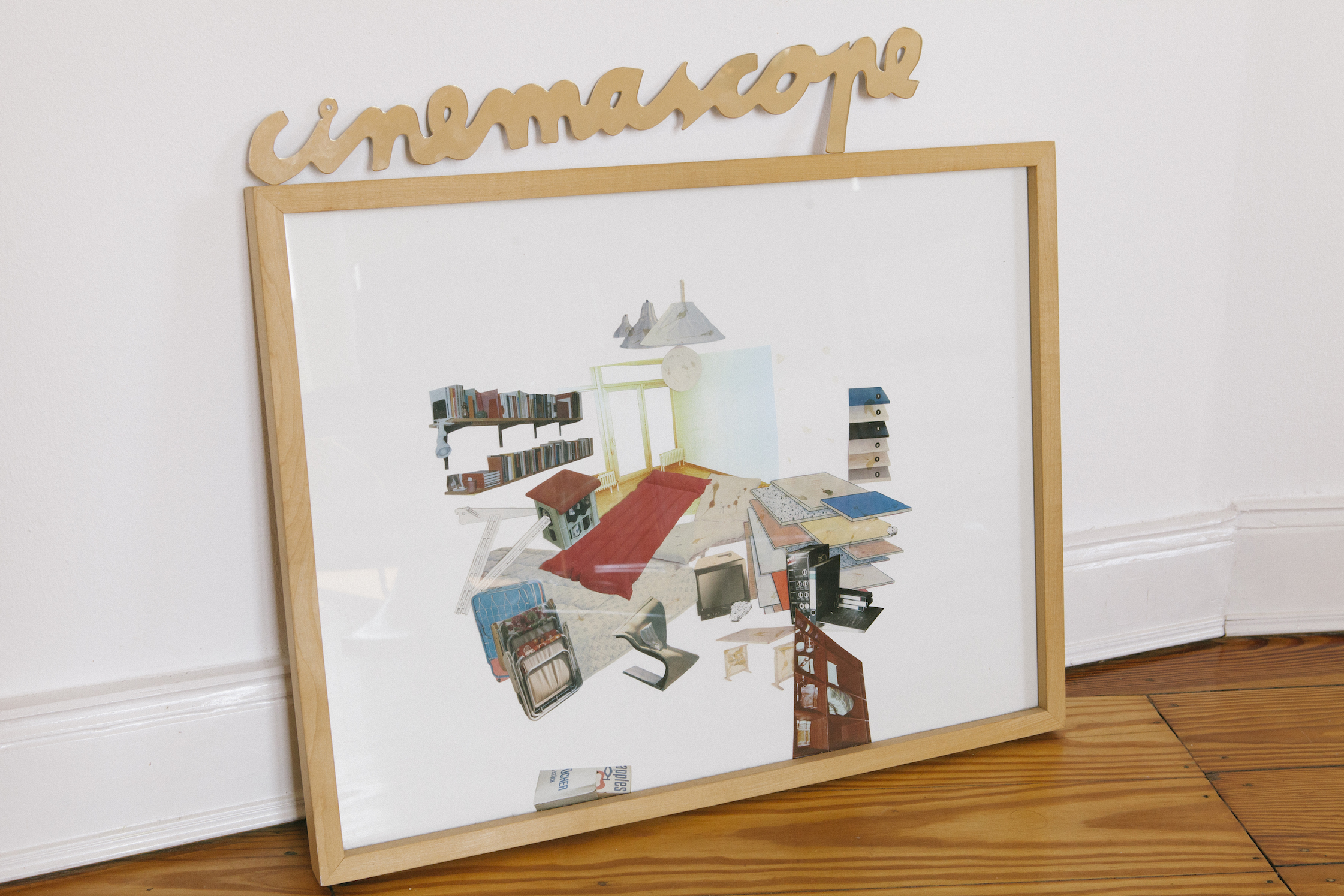
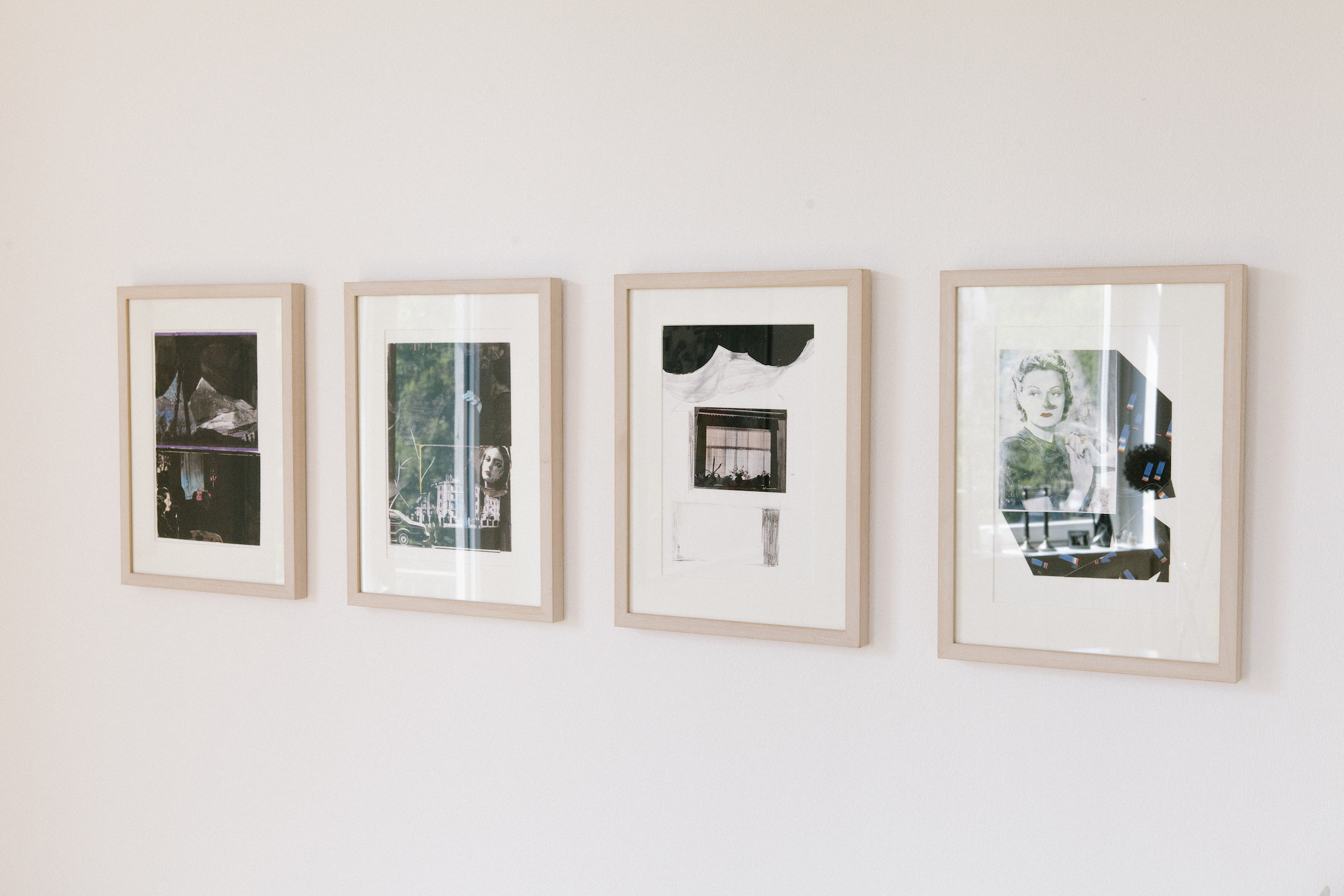
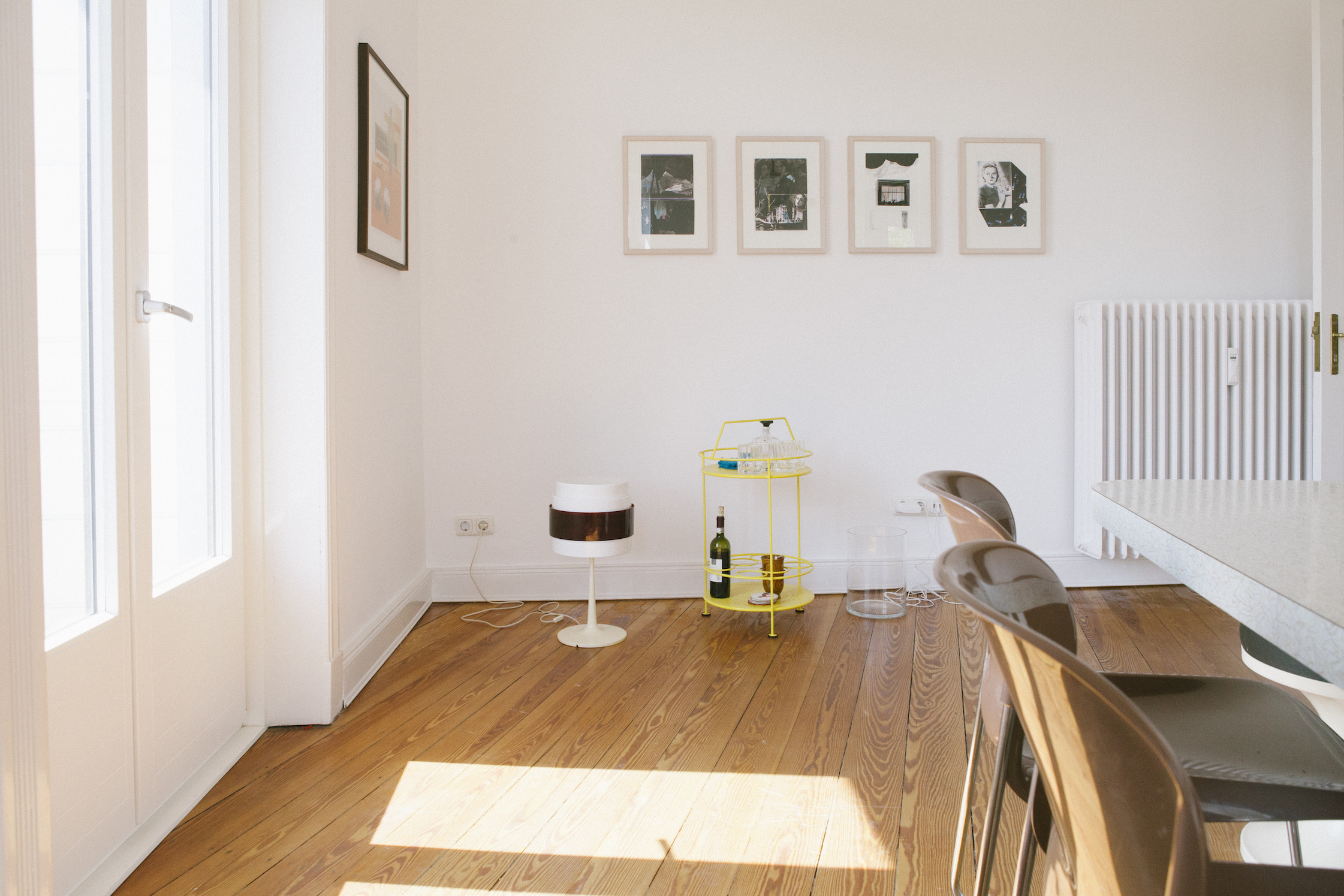
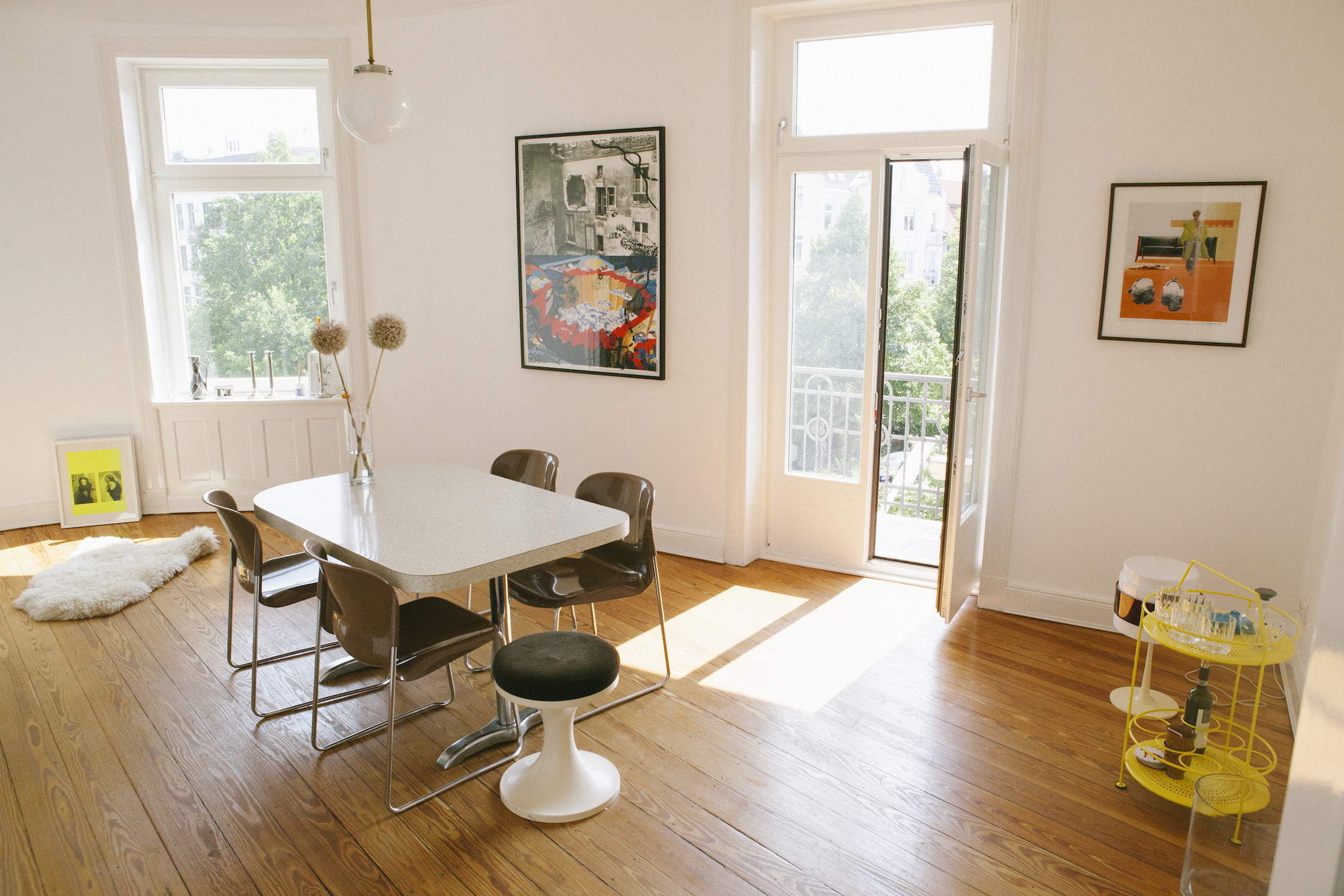
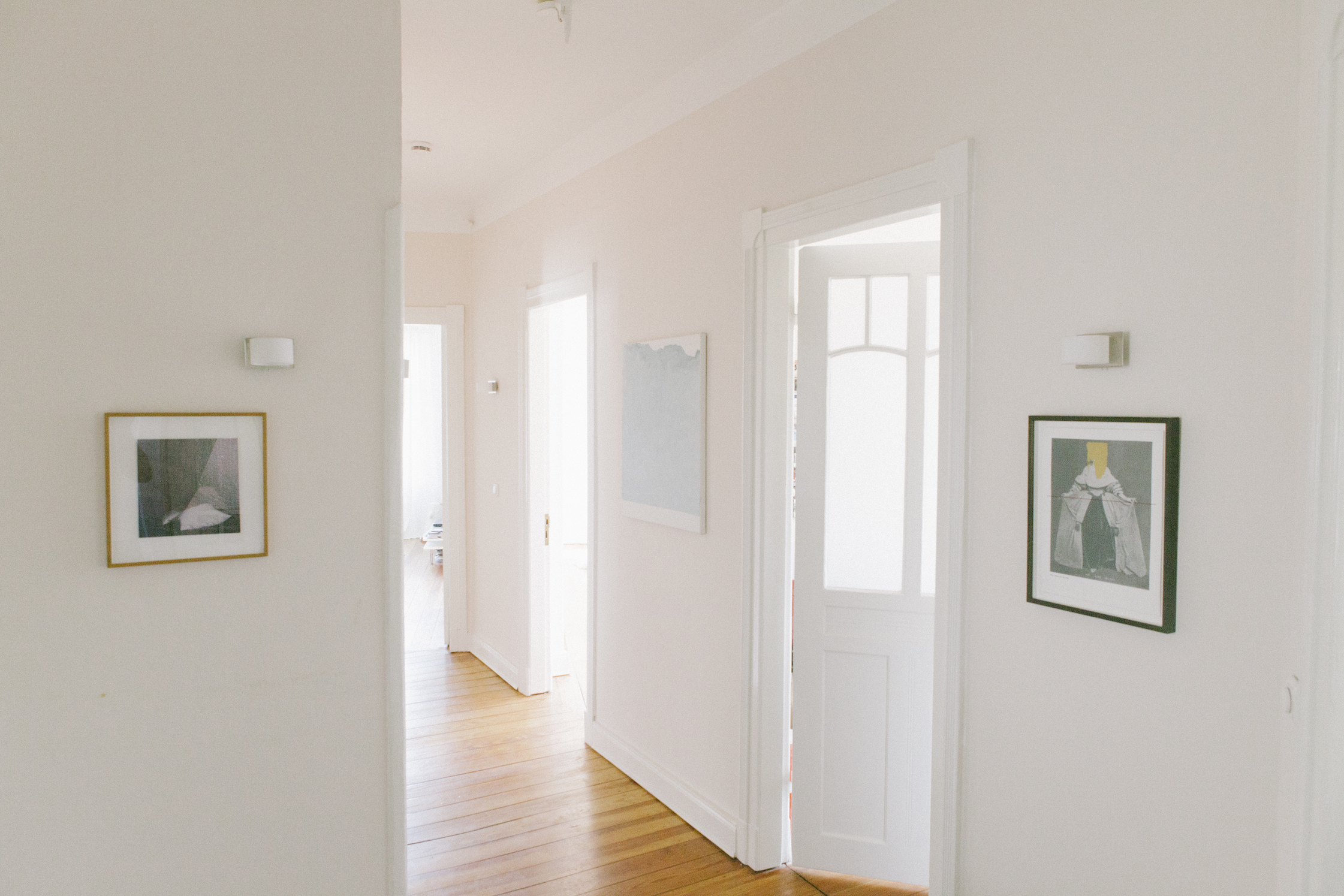
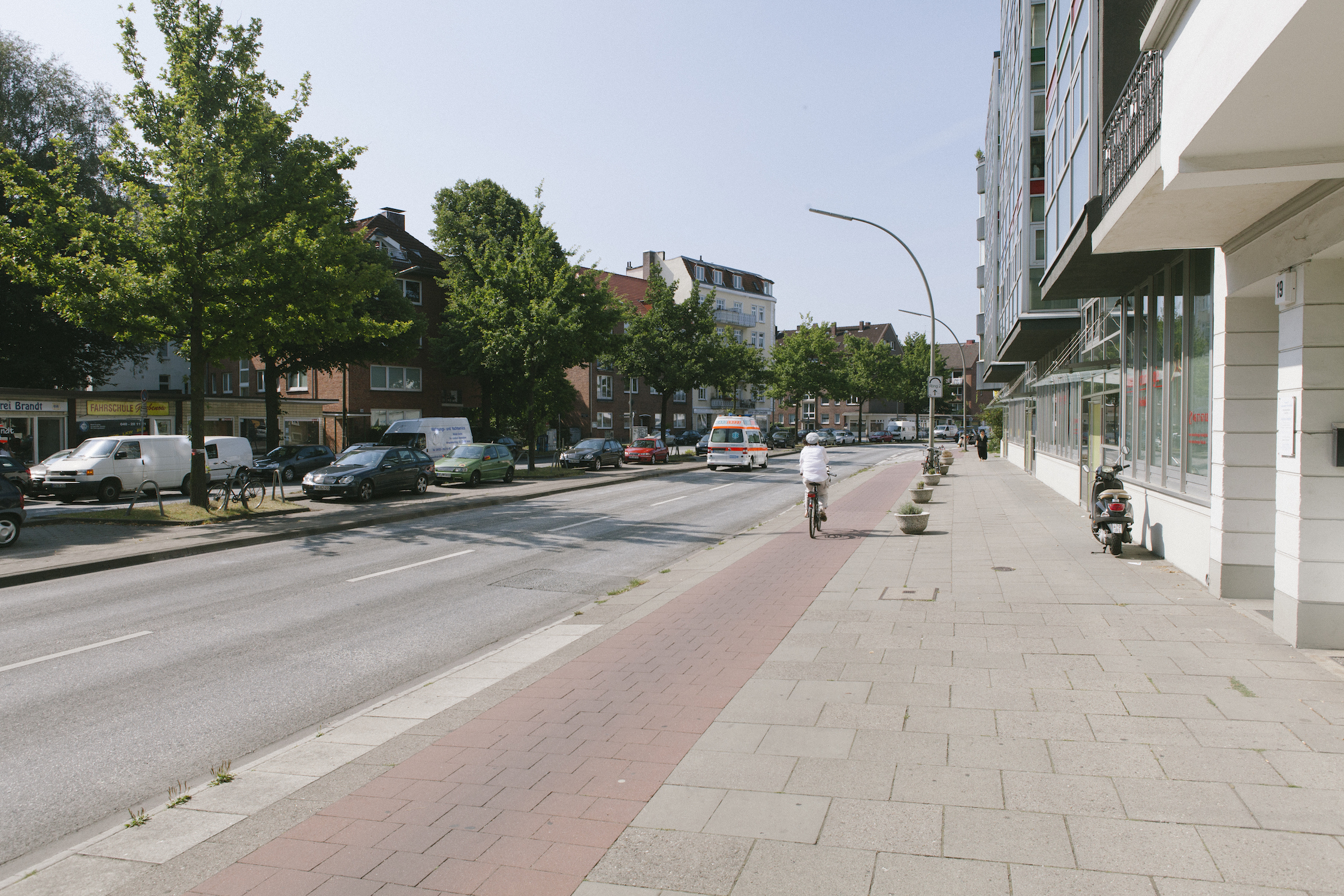
Mrs. Steinbrügge, the current exhibition ‘A Paradise Built in Hell,’ held at Kunstverein, integrates modern forms of communication with art. After every film screening you invite the artists for discussion — mainly over Skype. What’s the idea behind that?
I try to do things in ways they are unfamiliar to me. I want to learn through my work and get to know new things. I wanted to try out Skype in particular, since I think we should include new forms of communication within the work environment.
The exhibition should serve as a medium that brings together the logic of both film and art world. Showing a film every day is part of that idea. It pushes the audience to make a decision and show up at a certain time in order to see the program. Art doesn’t usually function that way since the same work is shown over several weeks. But as an art institution we can ask ourselves the question of communication something differently from what has been previously known to us.
What fascinates you about the interface between art and film?
My life is a cluster of coincidences. I was introduced to film as a passer-by. As a student I needed to make money and therefore worked at a film festival. I developed a strong affinity towards film, but I don’t want to be reduced to just that. Kunstverein’s task is to convey different facets of art. Exactly why there will be a photography exhibition in Fall, as well as an exhibition concerned with literature and art.
This means you strongly focus on searching for alternative social forms.
I don’t particularly believe in social forms. Rather I try to understand what society means in this day and age. What is negative, what is positive? Some people explain society through soccer, other’s through art. There are many different playgrounds.
What are the goals of Kunstverein?
I want to create a place where people want to spend time at: a place where they can learn and be surprised. Kunstverein should be a place where young art is shown and where we try to understand its definition and meaning in society.
You talk a lot about the role of art. As the director of Kunstverein, do you see yourself in the role of an artist?
No, I consider myself as an art mediator. My task consists of showing current art. I work on developments. Of course I ask myself artistic questions. Marketing and management decisions are part of that, too. I take over a certain responsibility, also in regards to the institution.
End of last year you moved to Hamburg. Prior to that you have lived in Vienna, Berlin, Paris, and Chicago. You are originally from Lower Saxony. So where do you feel at home?
I am always at home at friends’ houses — the location doesn’t matter. I really like Hamburg, though. Even our flat already ‘feels like home.’
Was it easy to find an appropriate apartment here?
No, it was actually quite hard. But I think it had a lot to do with the fact that we couldn’t search on-site. We often received invitations for viewings the following day. If you don’t keep that appointment, the apartment is gone right away. At the end we just got really lucky with ours.
So why you decided to go for the neighborhood of Eppendorf?
I looked at a flat in St.Georg, at St. Pauli — as well as in Eppendorf. There was no neighbourhood within the centre that was out of question. In Berlin we lived in Moabit, at a time when it was still very untrendy. I really liked that. An apartment is much more important to me than its actual location: it must have a certain radiance, either one likes it from the get-go — or not. The location is not 100% important.
In your opinion, what should an apartment offer?
You mean when we have finally managed to move in? (laughs) Our apartment basically provides us with everything: it has a lot of sun, it’s cozy, has a certain clarity, a bit of art…
What do you mean by clarity?
I guess by that I mean a certain order. I don’t like a big chaos, I rather do empty than full. Of course there are certain things that we always take with us: this table that we sit at, books — which by now they have their own room since I don’t consider books to be very ‘homely.’ Our art always moves with us, too.
Do you value decorative items?
These flowers, which you see, were given to me as a present a long time ago. They are completely dry, but I still think they are beautiful. But decoration in general? I guess I really don’t like that sort of stuff. For me furniture must have a purpose — which doesn’t mean that it can’t be beautiful.
Where do you spend your free time in Hamburg?
What free time? (laughs) Unfortunately I haven’t had much free time this year. When I work, I travel a lot. Otherwise I love spending time at home at the moment.
So you weren’t able to explore the city as much yet?
I always take my bike everywhere. It’s ideal: Hamburg is so green and beautiful. I love biking along the river Alster. And of course, I have been able to get around: I love the harbour and the Elbstrand. I appreciate the city’s cultural offerings, and the nightlife options are great — Pudel Cub, Übel & Gefährlich, Golem immediately come to mind. There are also great restaurants. Hamburg just offers a very relaxed quality of life.
Do you have a favorite restaurant?
I discovered a great Chinese place, called Mei Moon, close-by the station. Lots of Asians go there to eat. I didn’t eat Chinese food in Europe for many years, but this one is really good. Other than that I like to go to Café Paris, whether for breakfast or dinner. The atmosphere and food have a real French quality.
What other art institutions do you like to check out?
Oh, there are definitely many: Kunsthalle, Deichtorhallen, Bucerius Kunstforum and Kunsthaus. Hamburger Bahnhof also has great exhibitions, and the HFBK-tour is worth a visit.
It seems to me that Berlin’s art scene is highly praised. Do you think Hamburg is inferior to Berlin in that sense?
Not at all. In my opinion the institutions outside of Berlin have always been stronger. Although artists, critics, and collectors have established themselves in Berlin, it has never been accounted as a stronger institutional location. I call this the German phenomenon: while other countries distribute the entire art scene in capitals all over, Germany distributes it only nationally.
Is there something you would want for Hamburg? Some sort of characteristic, for example, that you have missed?
In general I would wish for some sort of openness. But that doesn’t have to do specifically with Hamburg. Whether it is in Hamburg or Berlin, in Argentina or the Philippines: I like curious people.
Thank you Bettina for taking the time to sit down with us.
Discover more stories and creatives from Hamburg, here.
Photography: Julian Slagman
Text: Lea Lüdemann
